After our banig making demonstration, we again boarded our van as we headed for Brgy. Union, the jump-off point for our hike to Maanghit Cave, located inland, 4 kms. north of Libertad. The cave entrance is located near the river.
The local word maanghit, meaning “having a foul odor,” comes from the foul smell of the huge deposits of guano (bat droppings) which fall on the cave’s floor and are mined by the townspeople. That said, we were in for a muddy and slippery tour.
Upon arrival, we were all assigned local guides equipped with hard hats and flashlights. No hard hats for us though. It’s a good thing Jandy and I wore hats to protect our heads. Just 5 mins. into our hike, along a well-trodden trail through a light forest,we arrived at Bungan-Bungan Spring. It has a blue lagoon and a series of small pools of crystal clear water walled in with stacks of river rocks.
We again proceeded on our trek to the cave, passing as well as hopping over a number of forest trees felled by the fury of Typhoon Yolanda (international name: Haiyan) which struck the town. After about 20 mins., we espied the low and wide cave entrance on the rock face which we accessed via carved steps and rope railings.
Maanghit Cave is not big nor is it deep (just about 250 m. in depth) and it would just take us a few minutes to explore the cave until its terminus. How I wish we carried Petromax lamps, not the flashlights we brought, to light our way better as well as illuminate the stalactite and stalagmite formations which, somehow, still continuously drip water.
Though largely unseen, the sounds of bats congregating on the ceiling could easily be heard. Near the cave entrance are two small sinkholes where, when lighted, you hear and see running water, evidence of a small underground river within the cave itself.
After our spelunking tour of Maanghit Cave, we made our back to Bungan-Bungan Spring where we washed off the guano and its smell from our bodies. We then continued on our way back to Brgy. Union where we again boarded our van for the trip back to town.
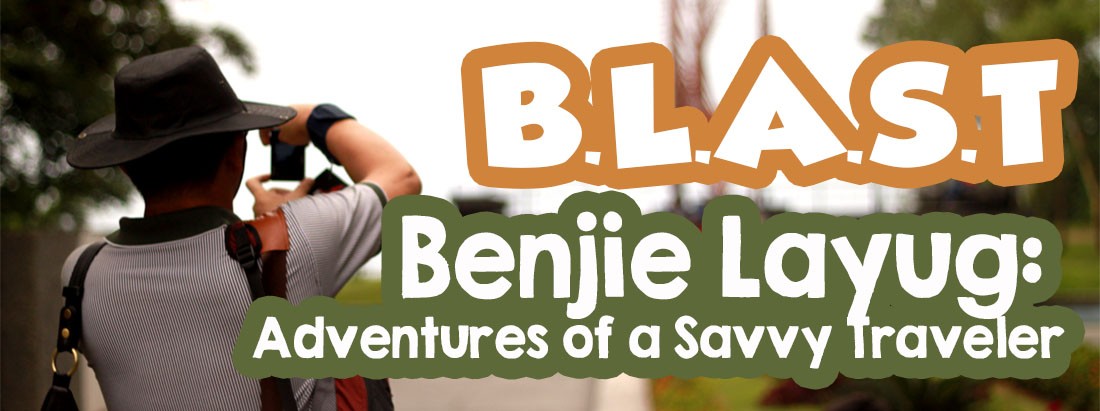
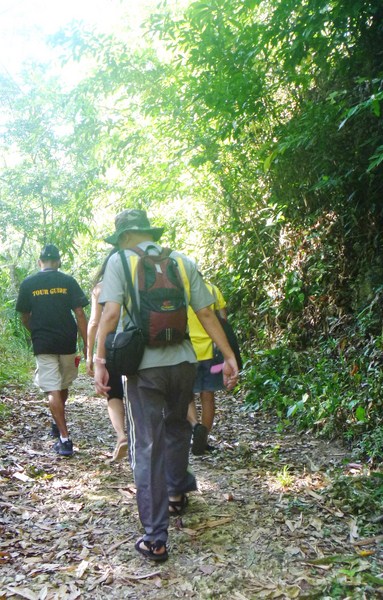
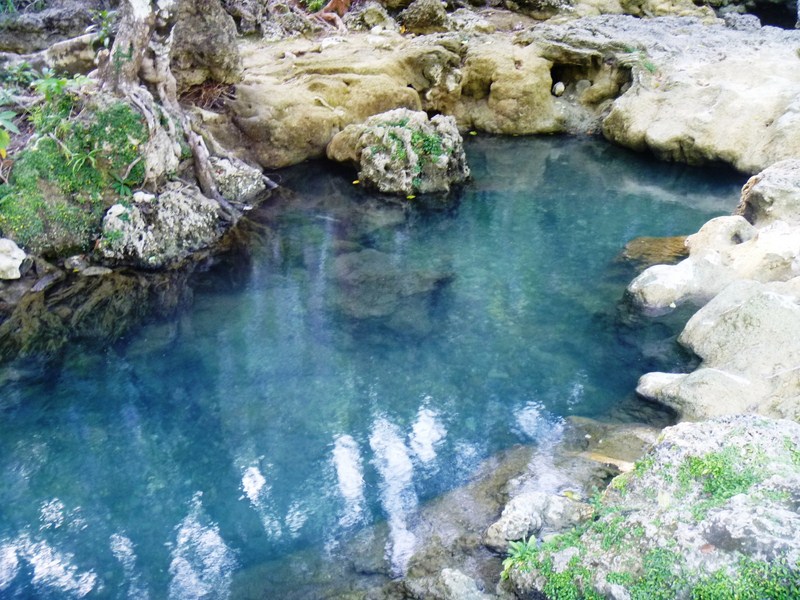
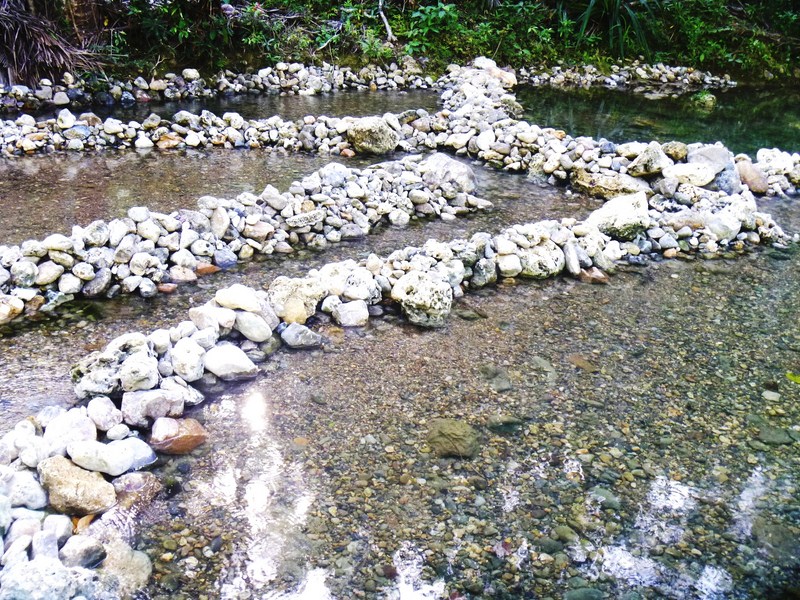
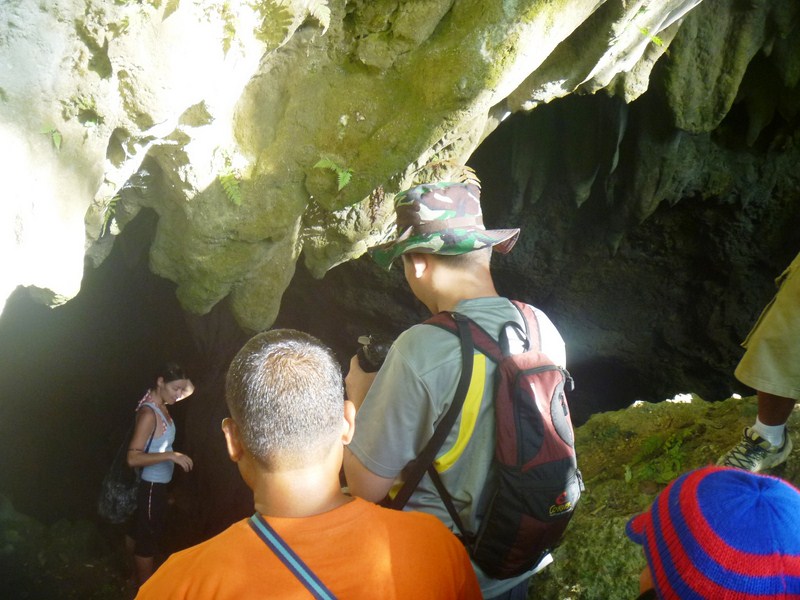

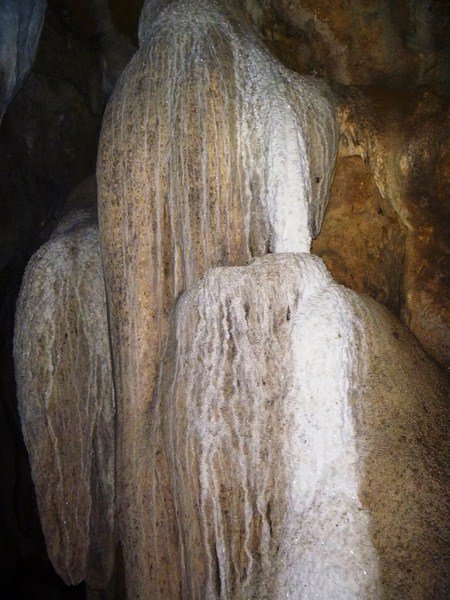
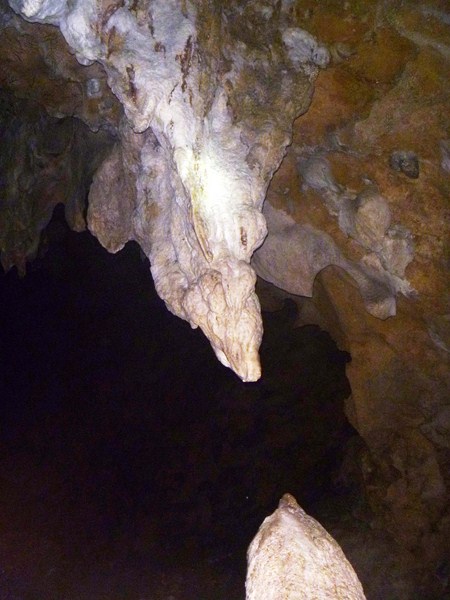
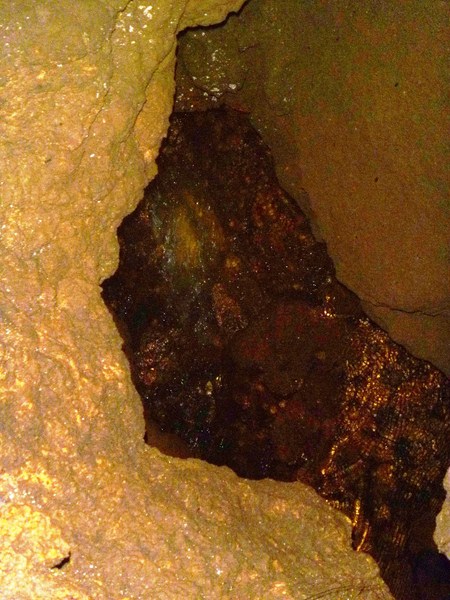
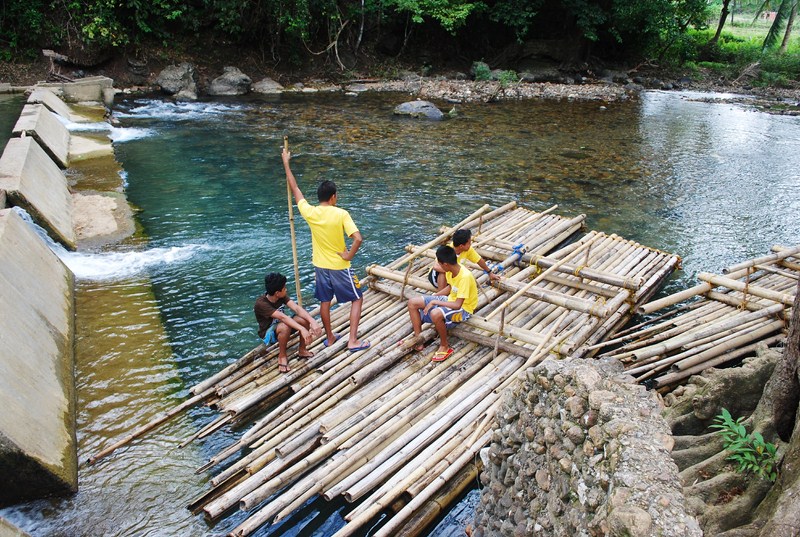
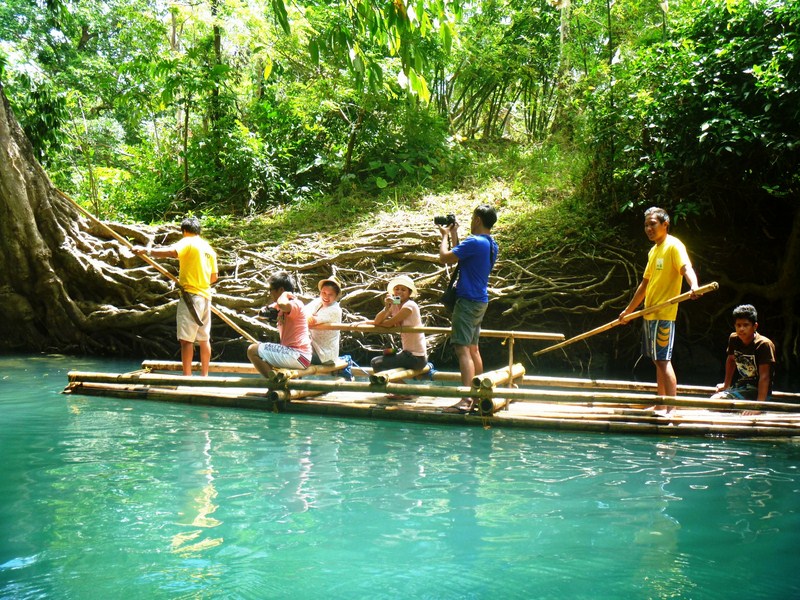
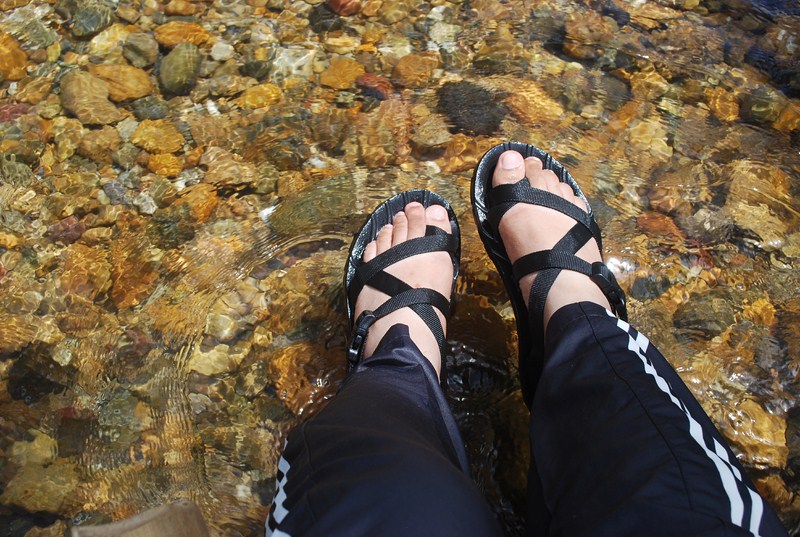
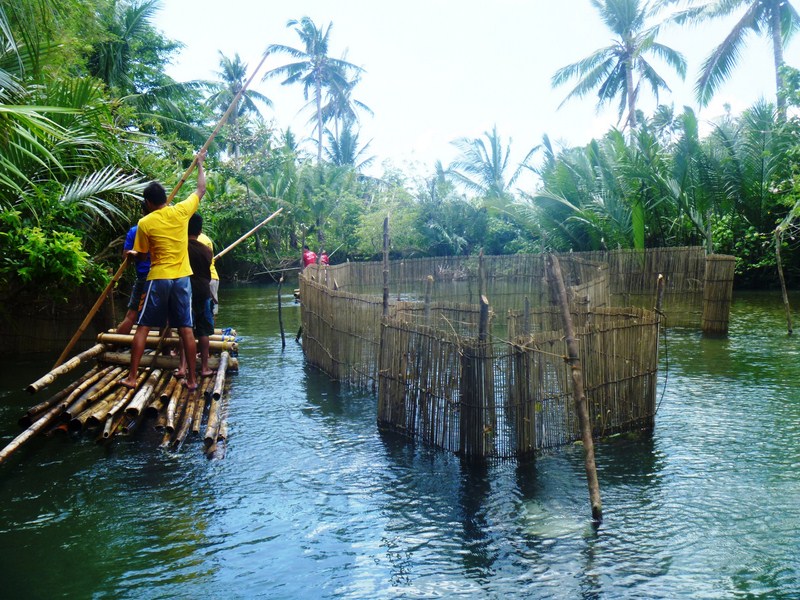
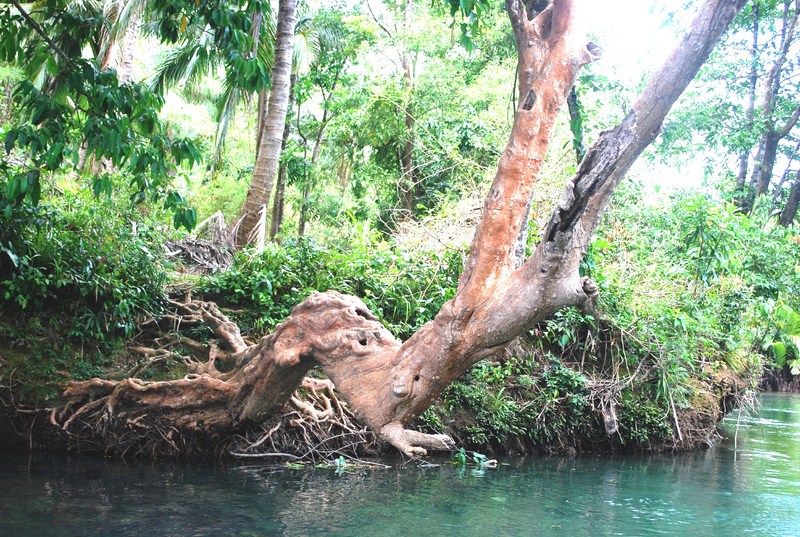
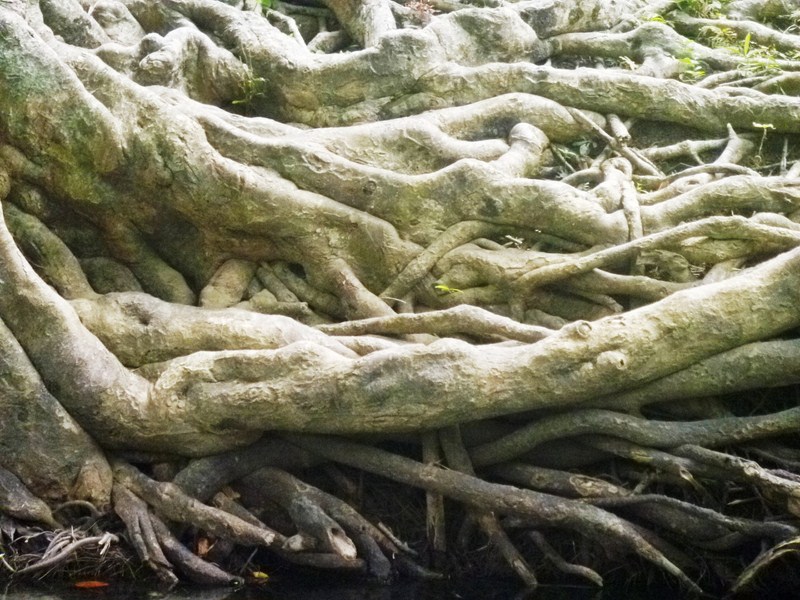
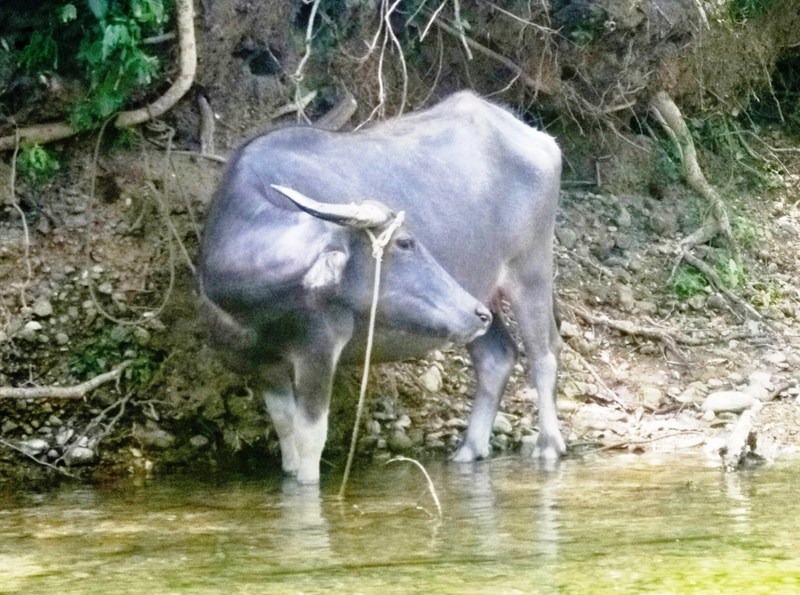
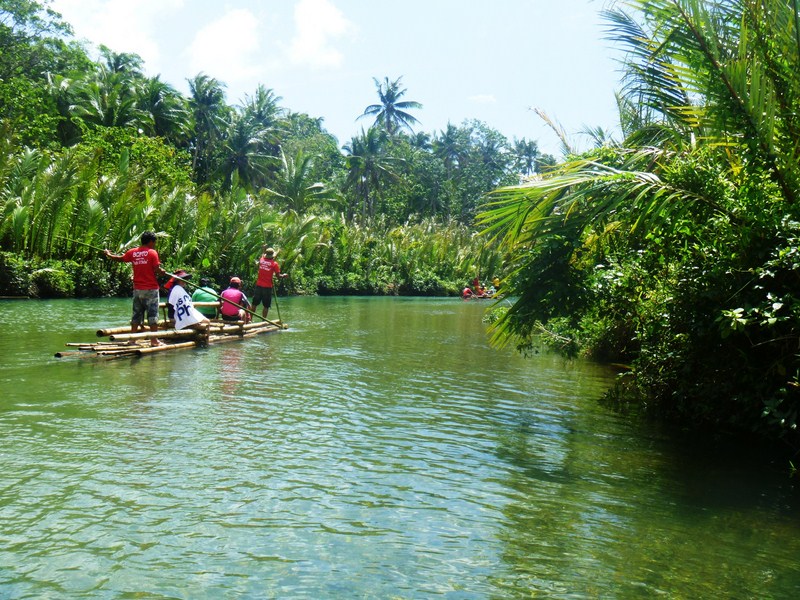
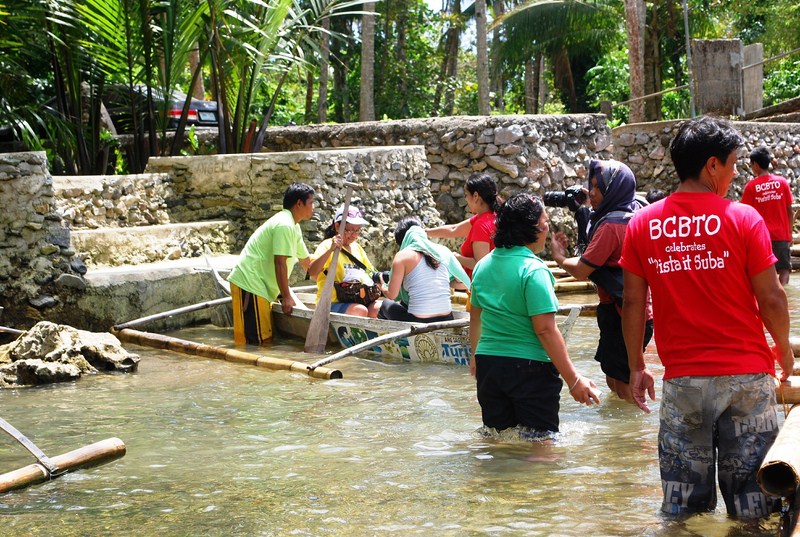
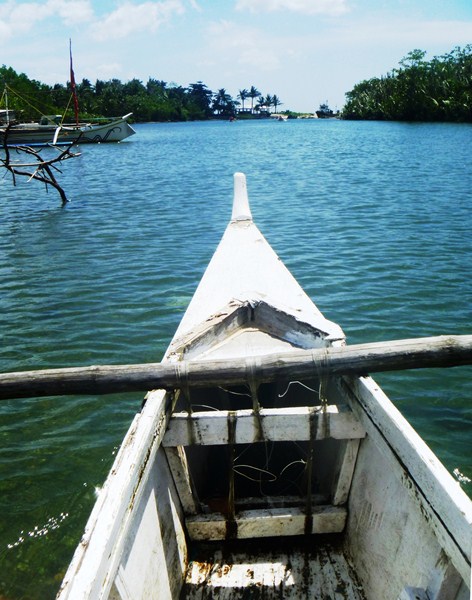
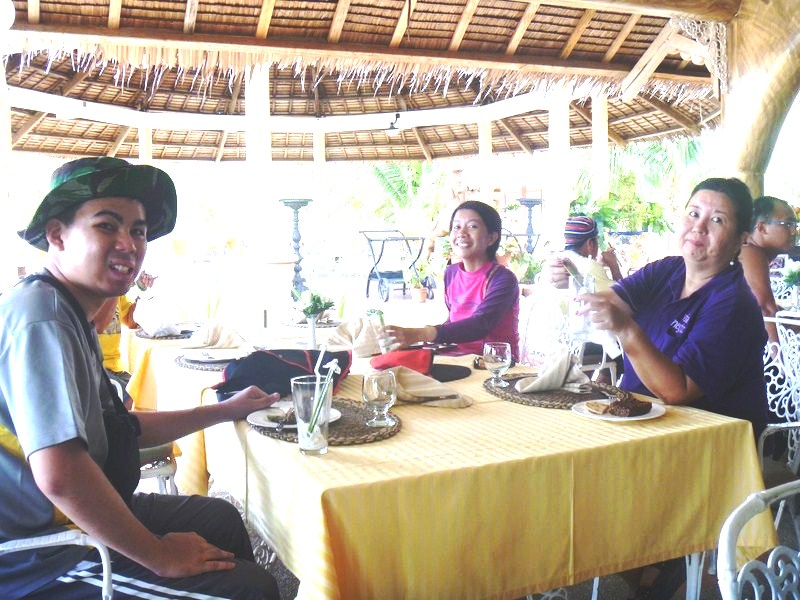
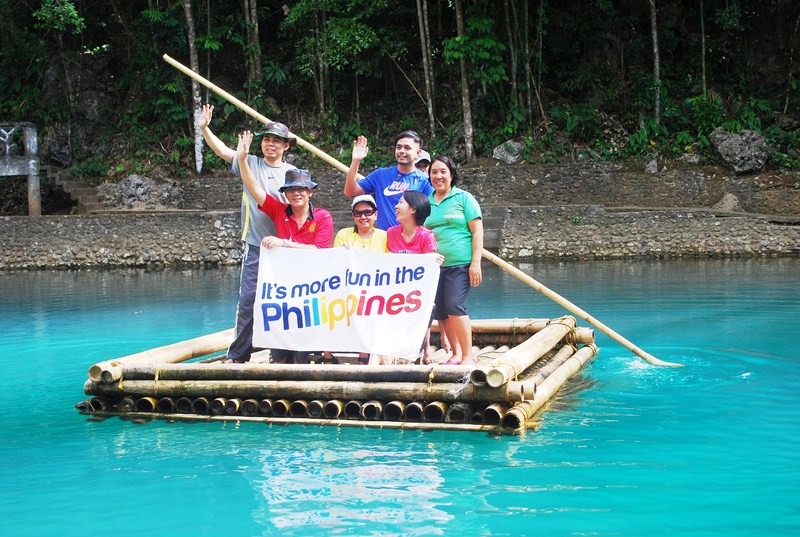
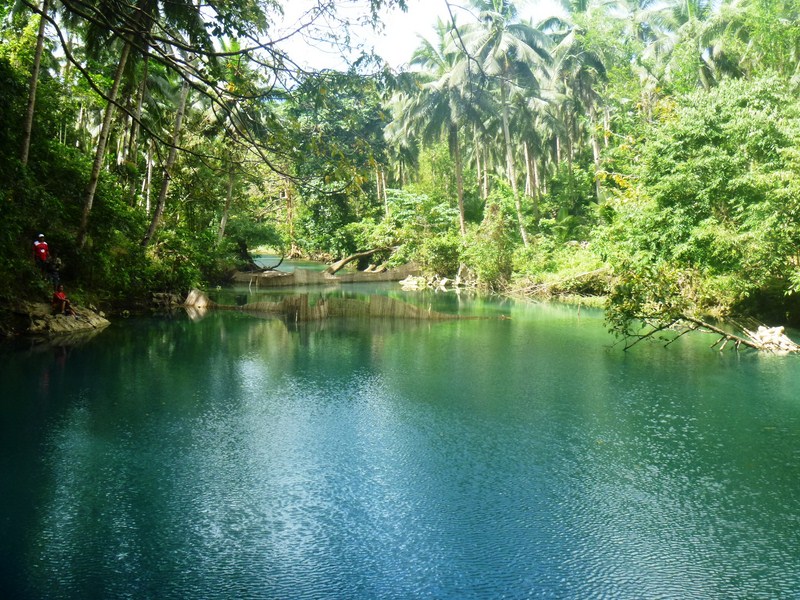
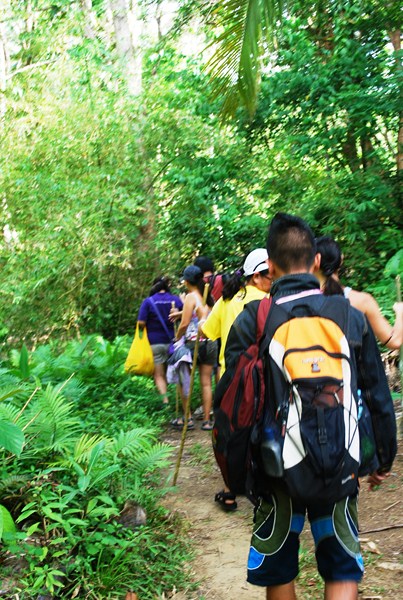

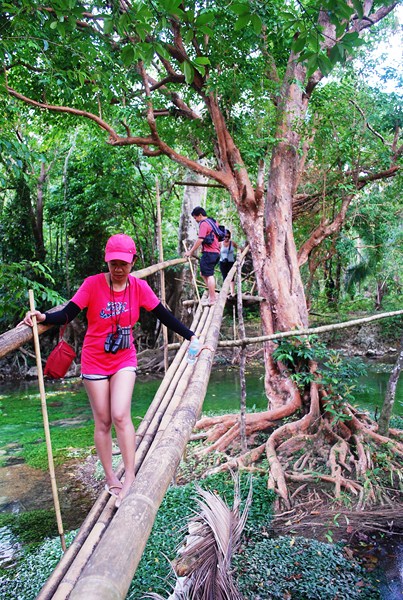

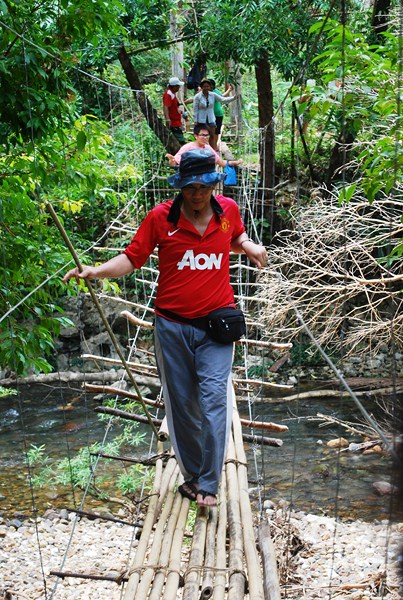

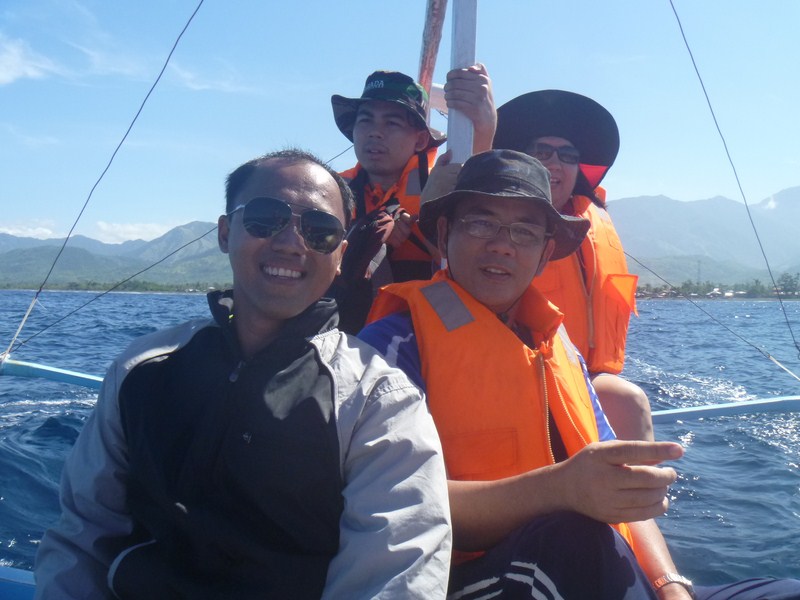
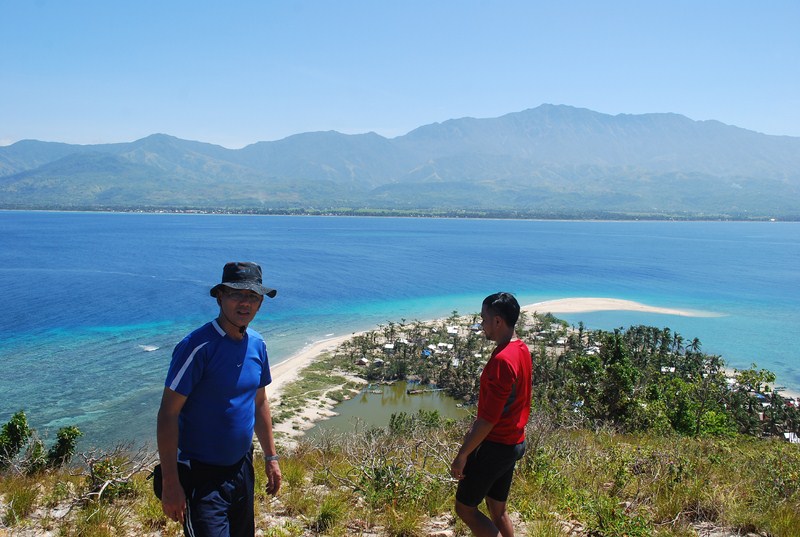
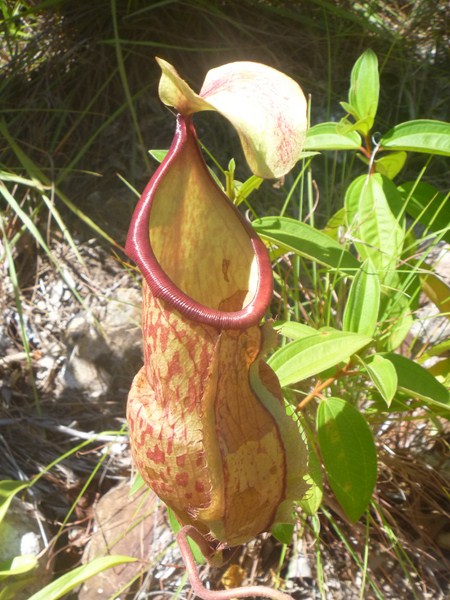
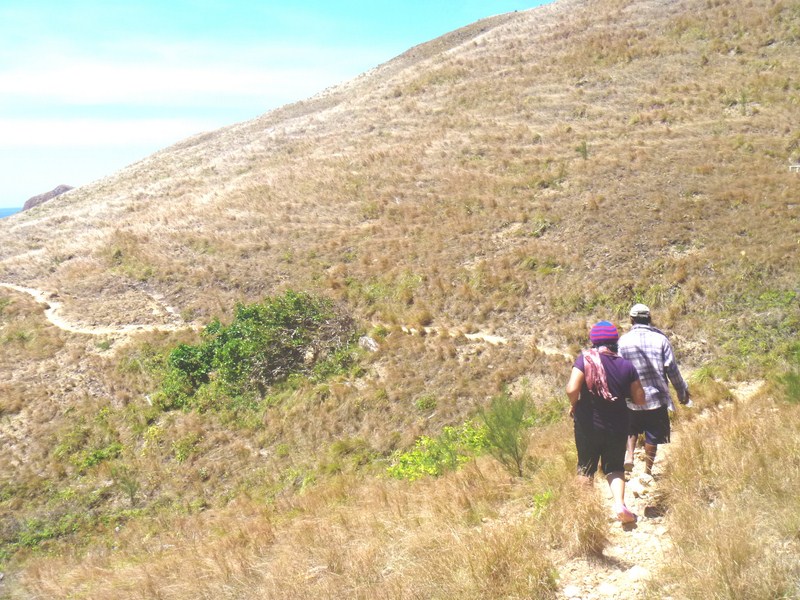
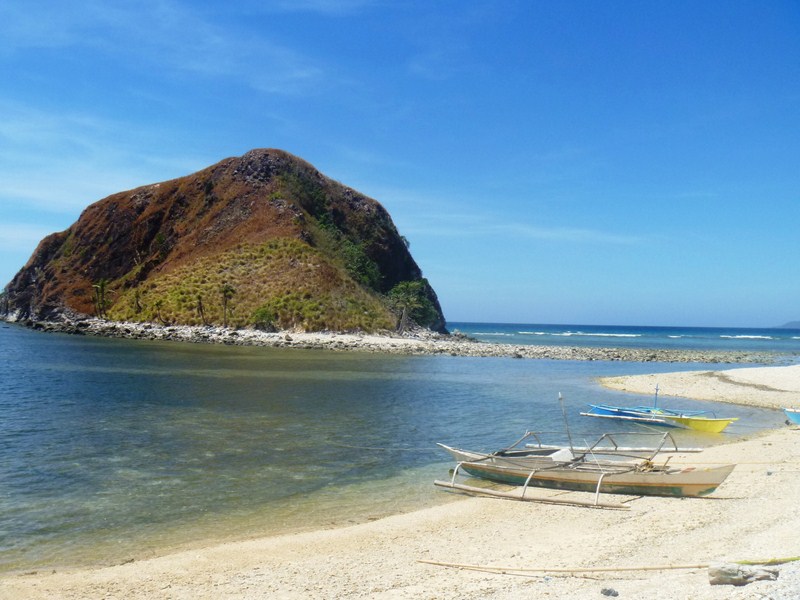
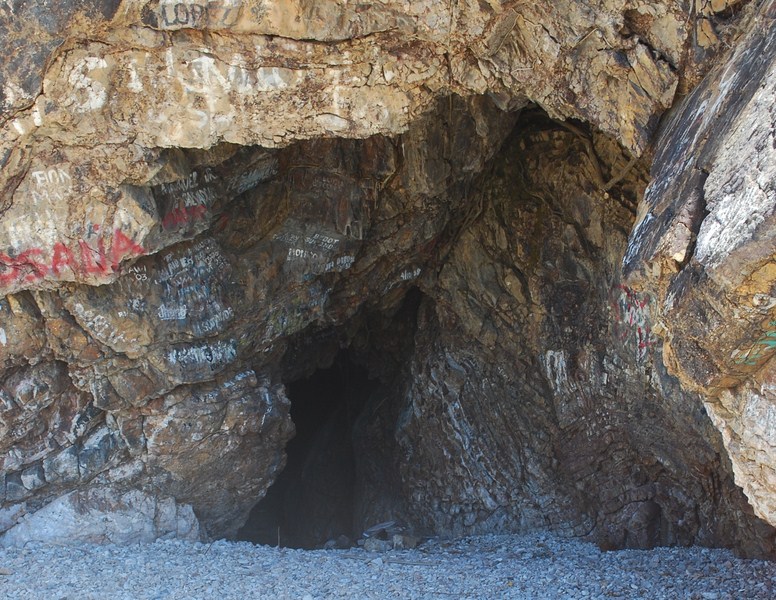
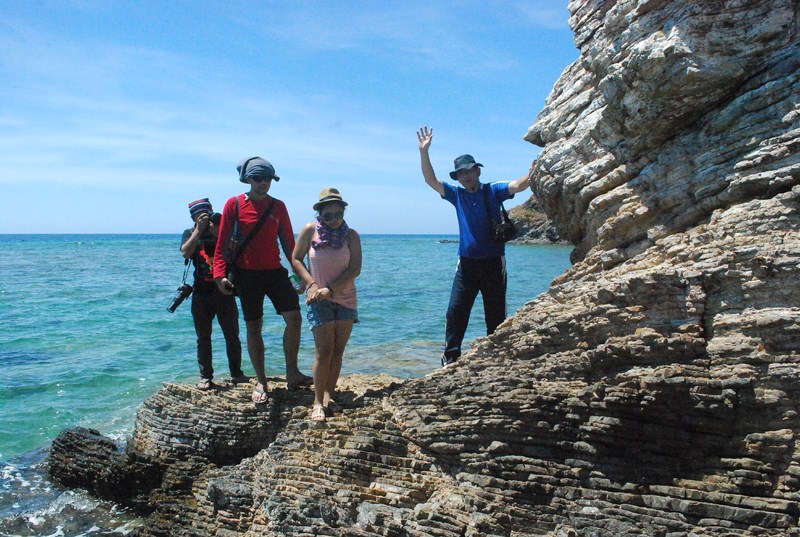
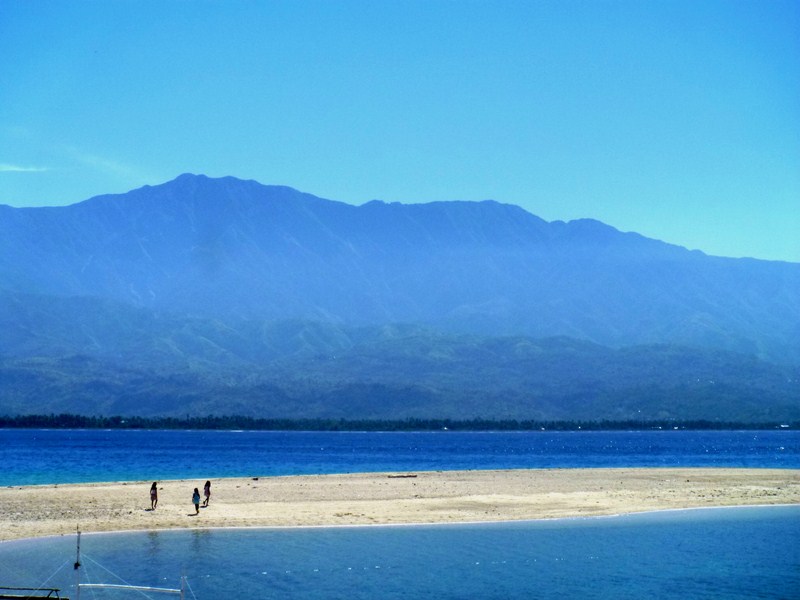
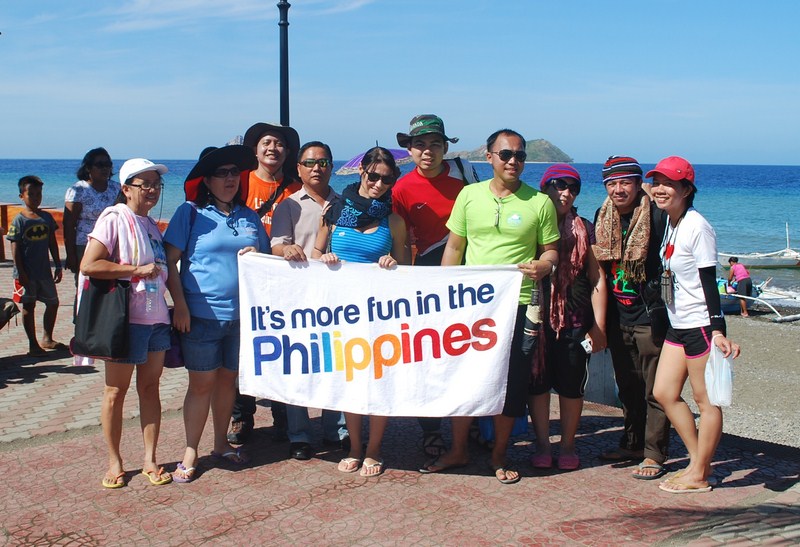
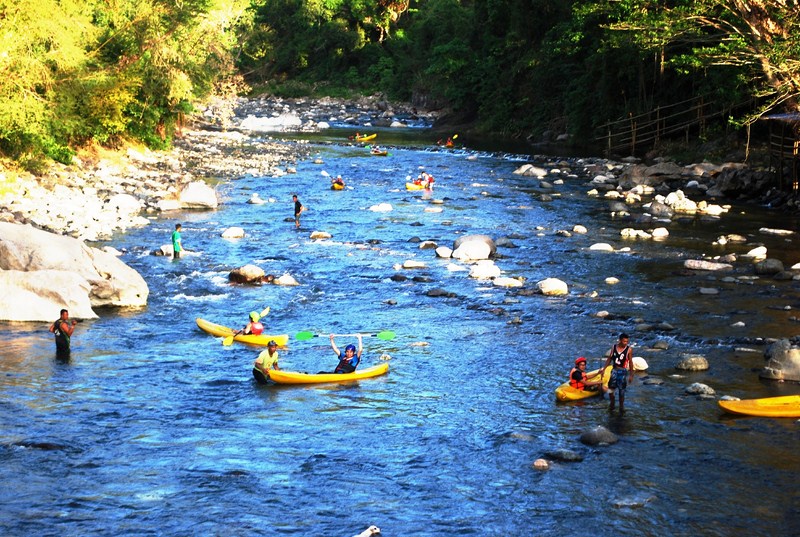

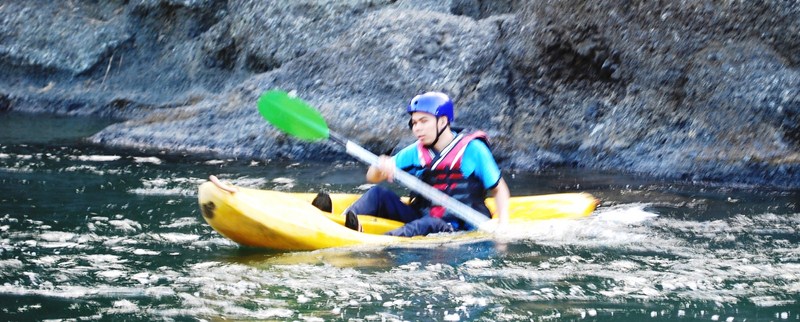
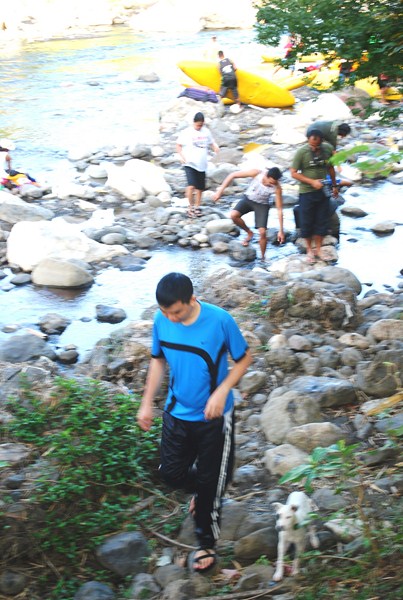
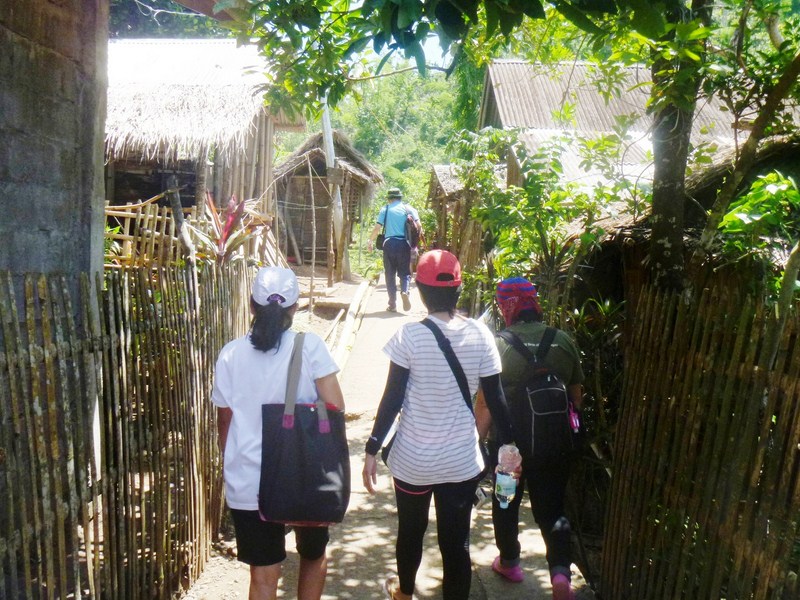
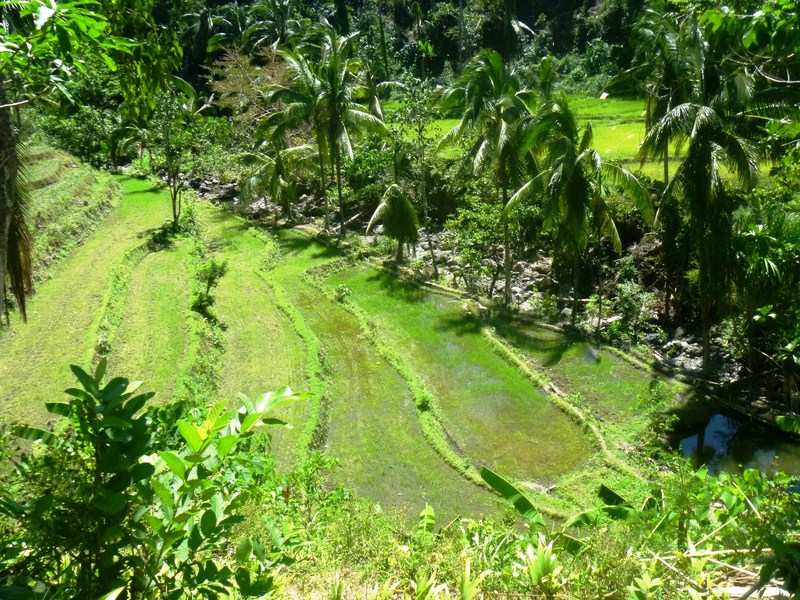
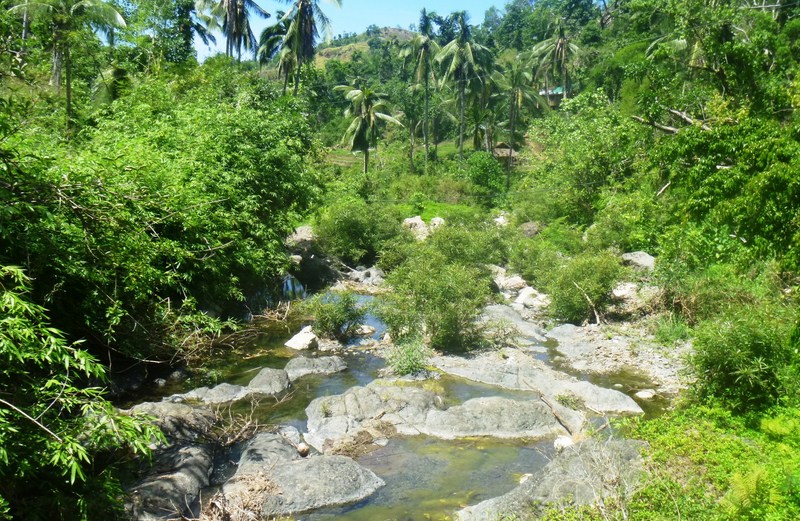
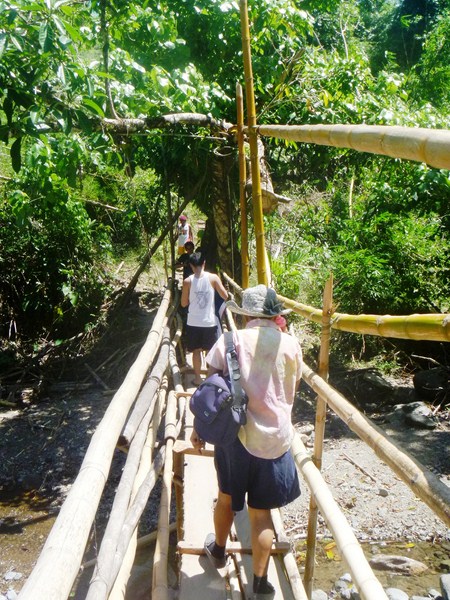
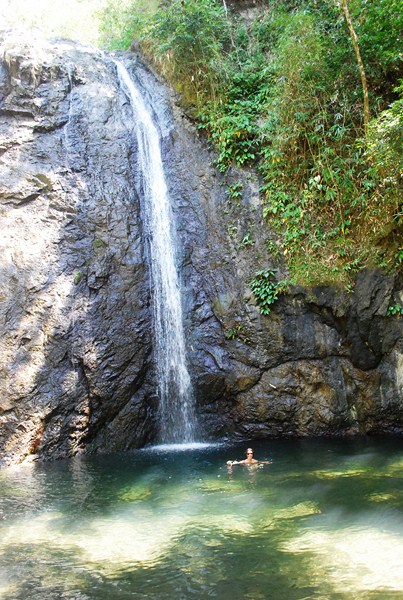
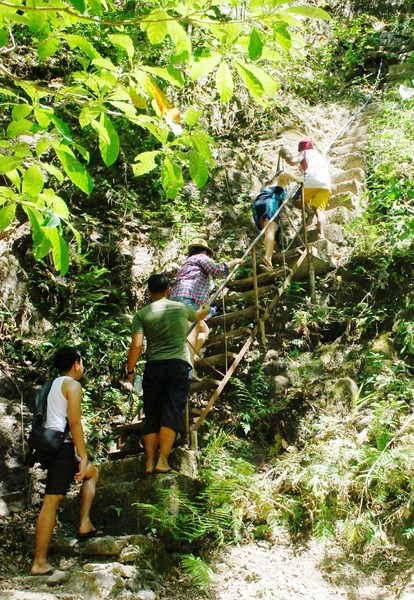
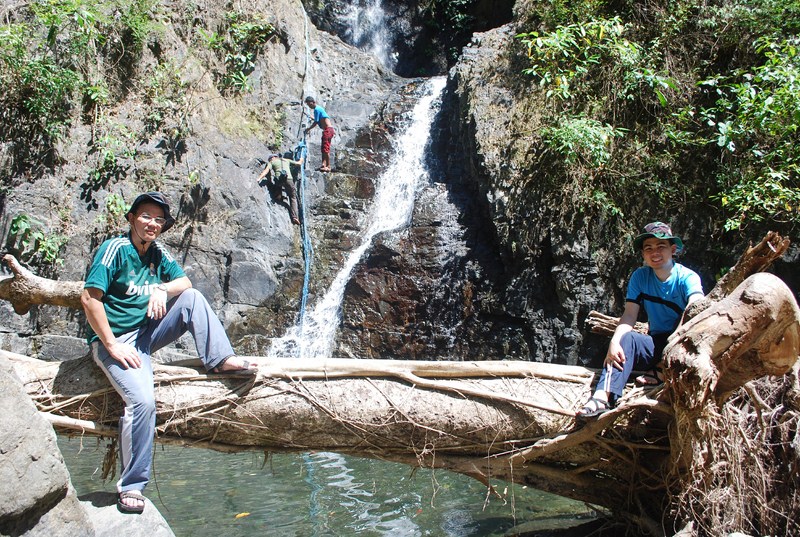
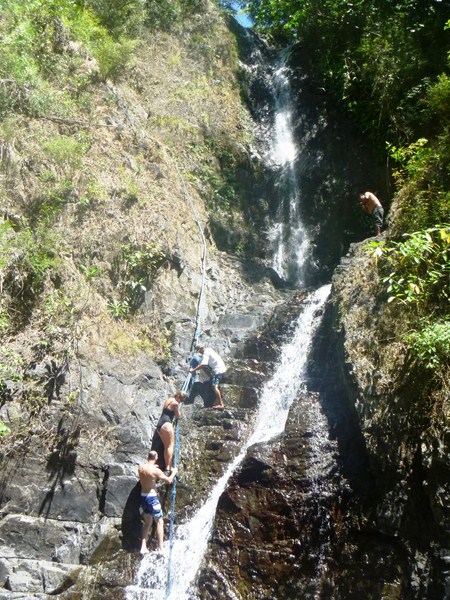
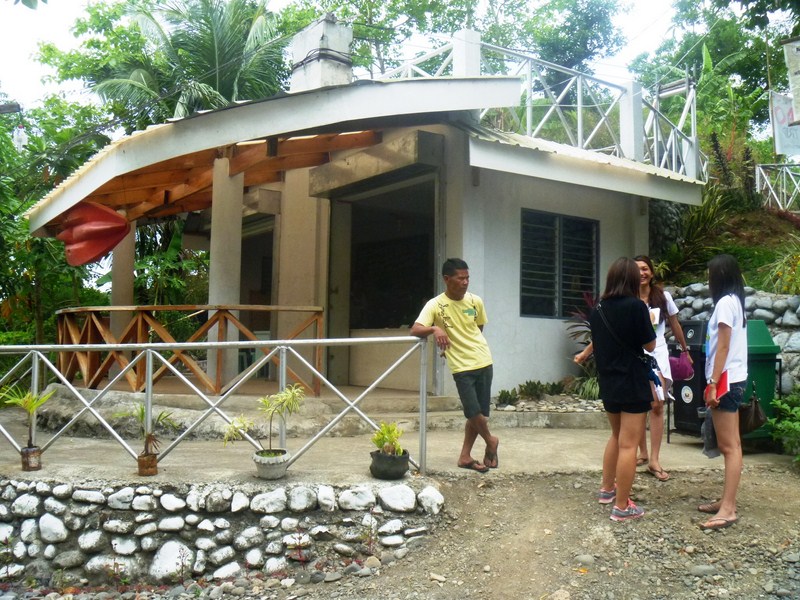
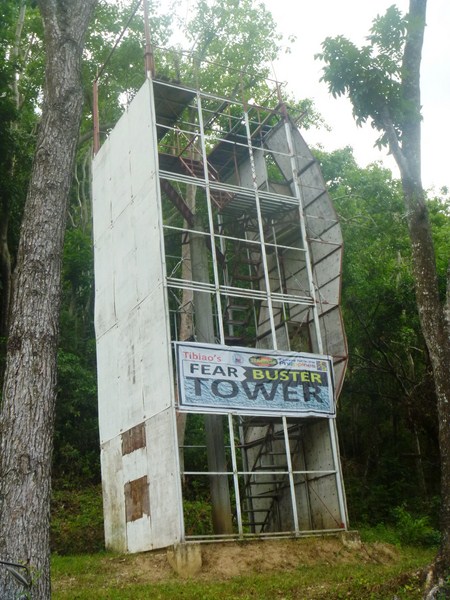
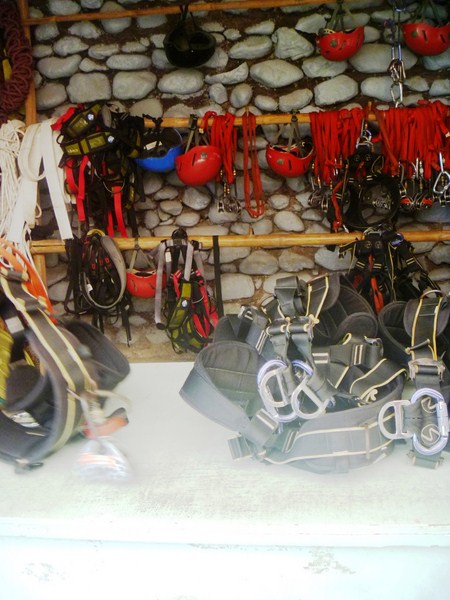
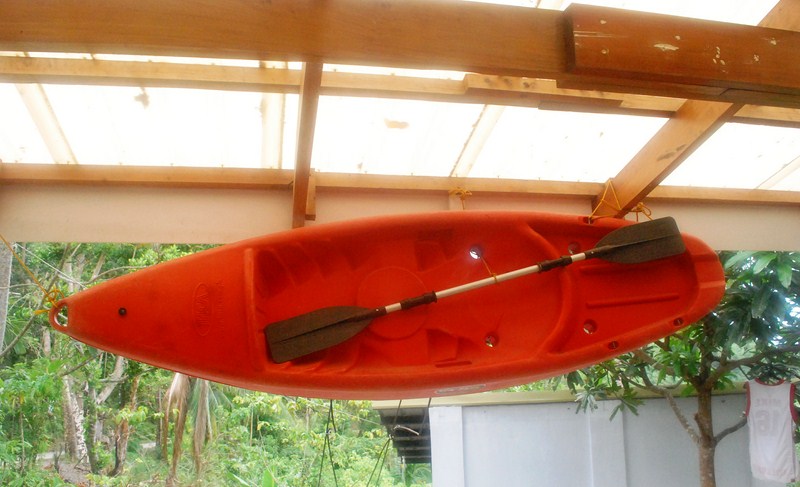
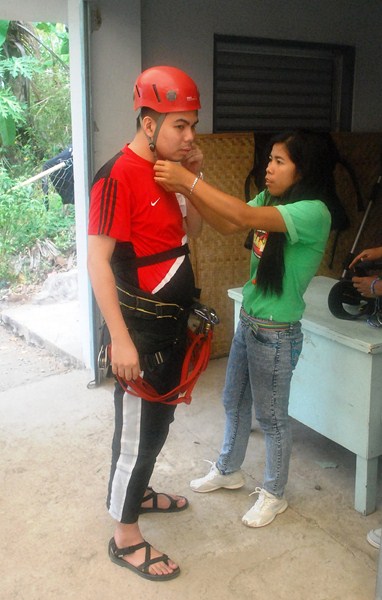
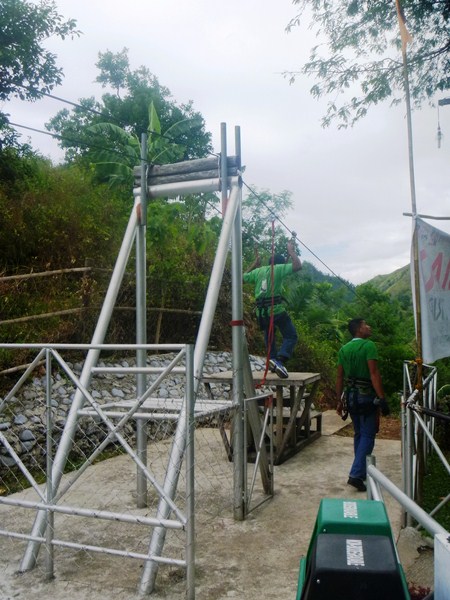
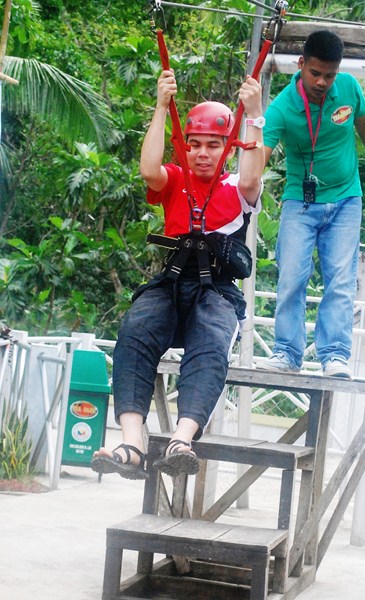
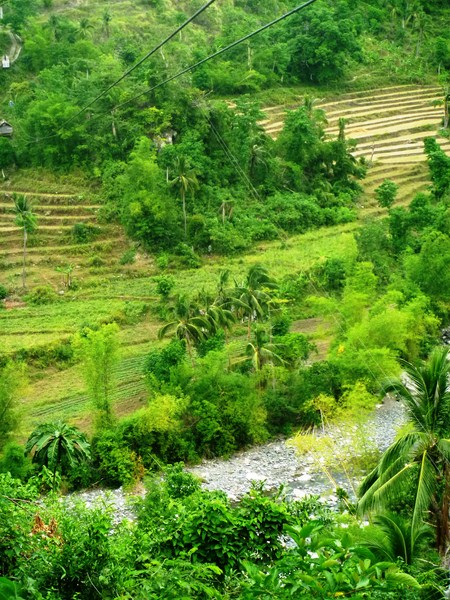

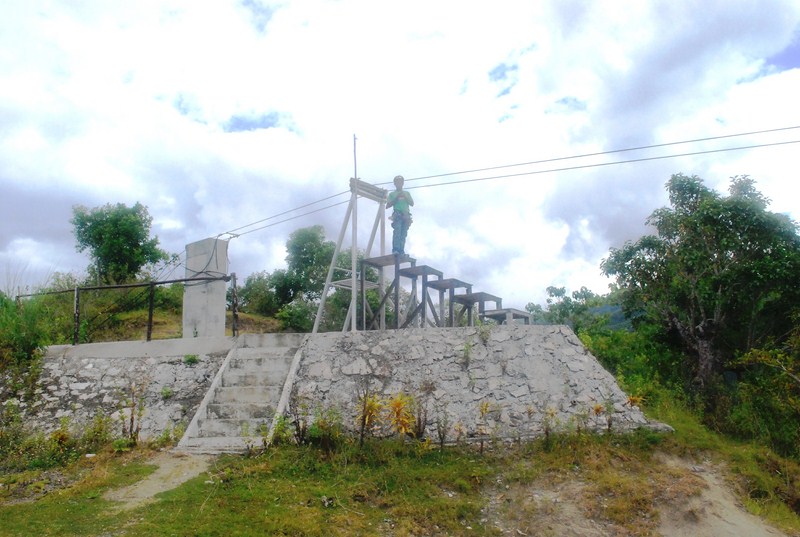
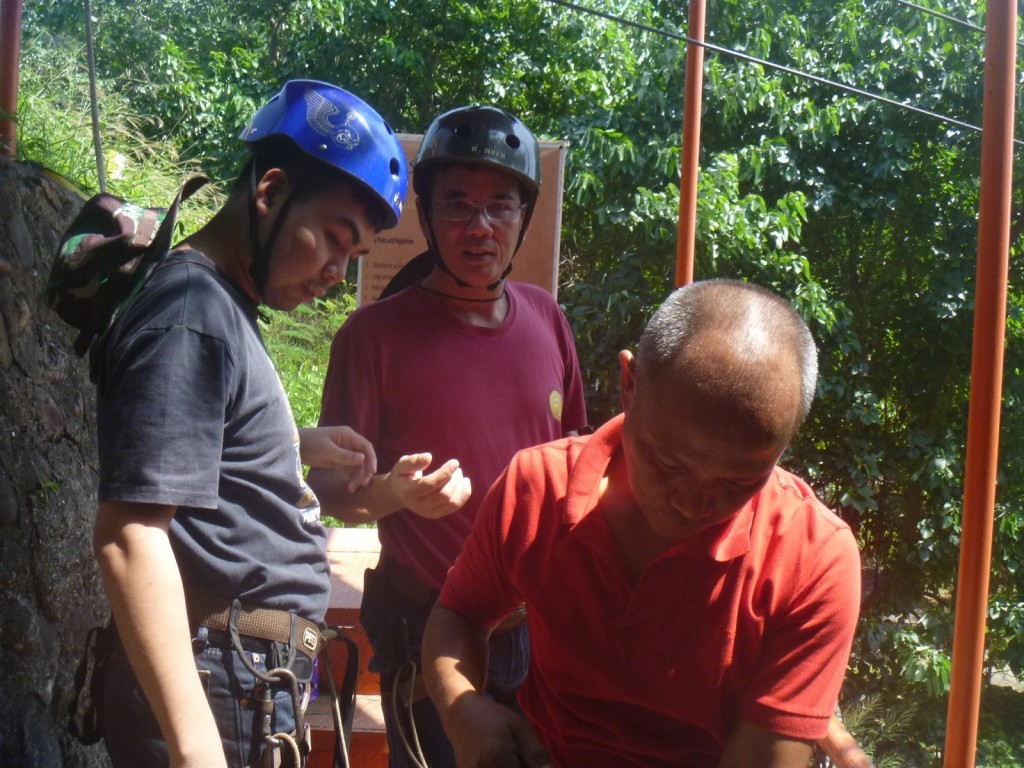
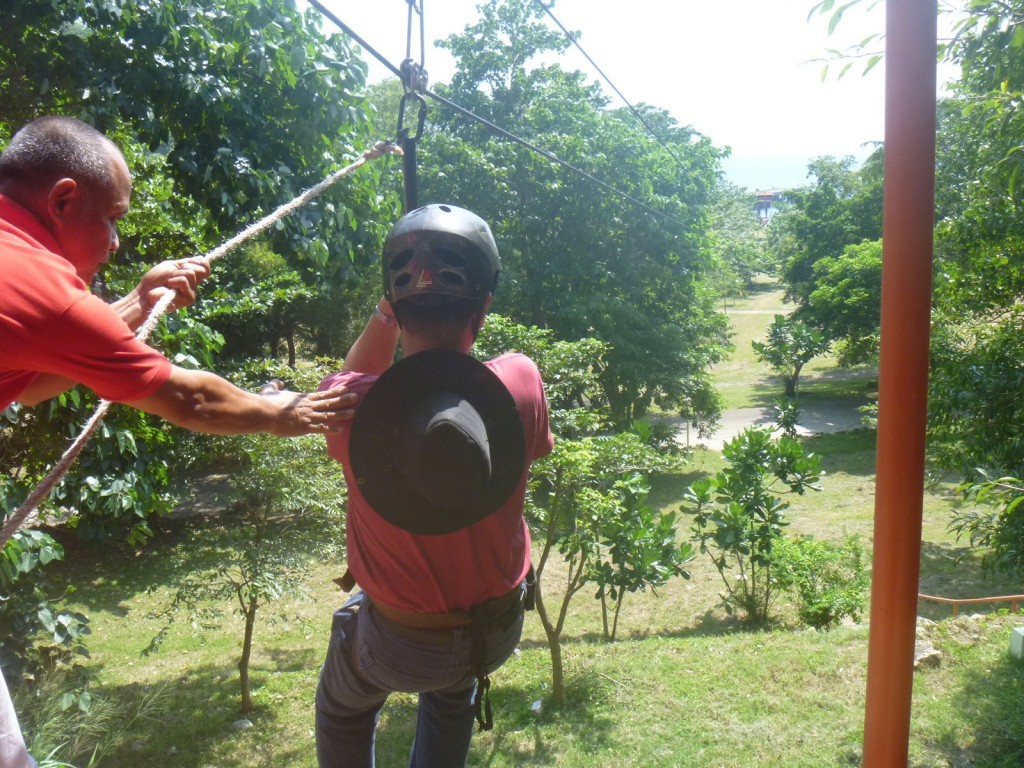
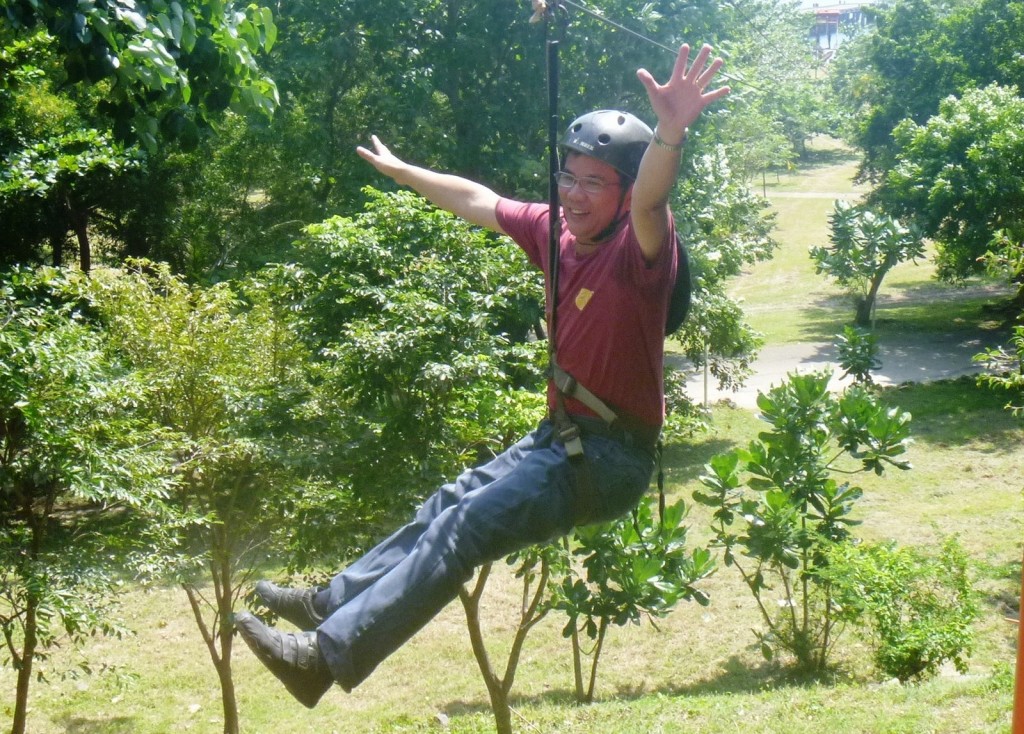
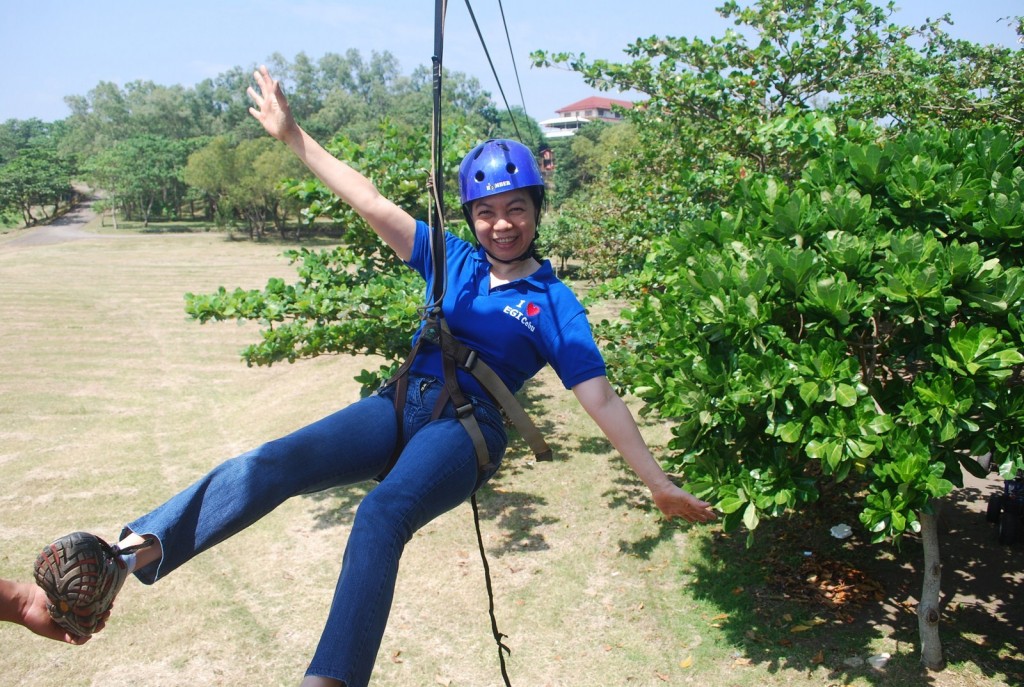
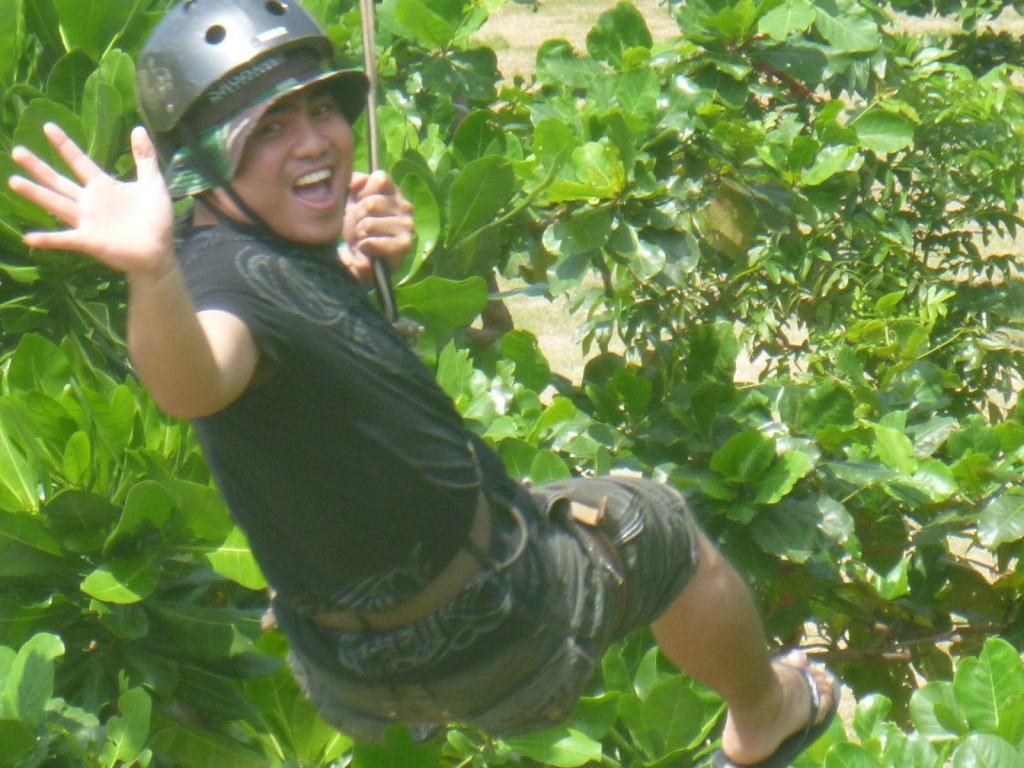
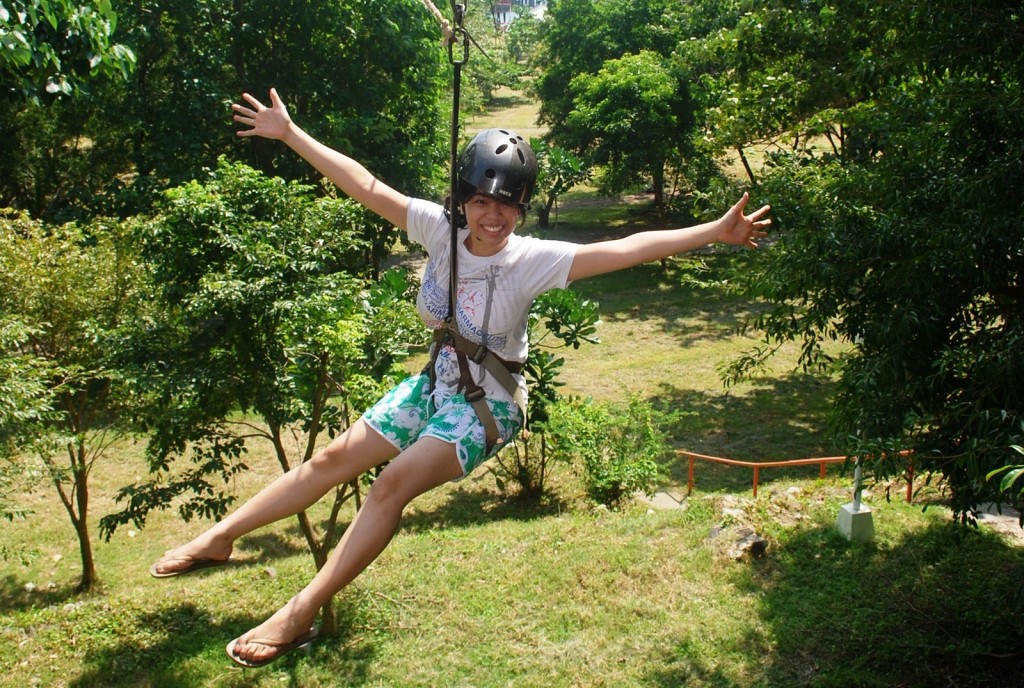
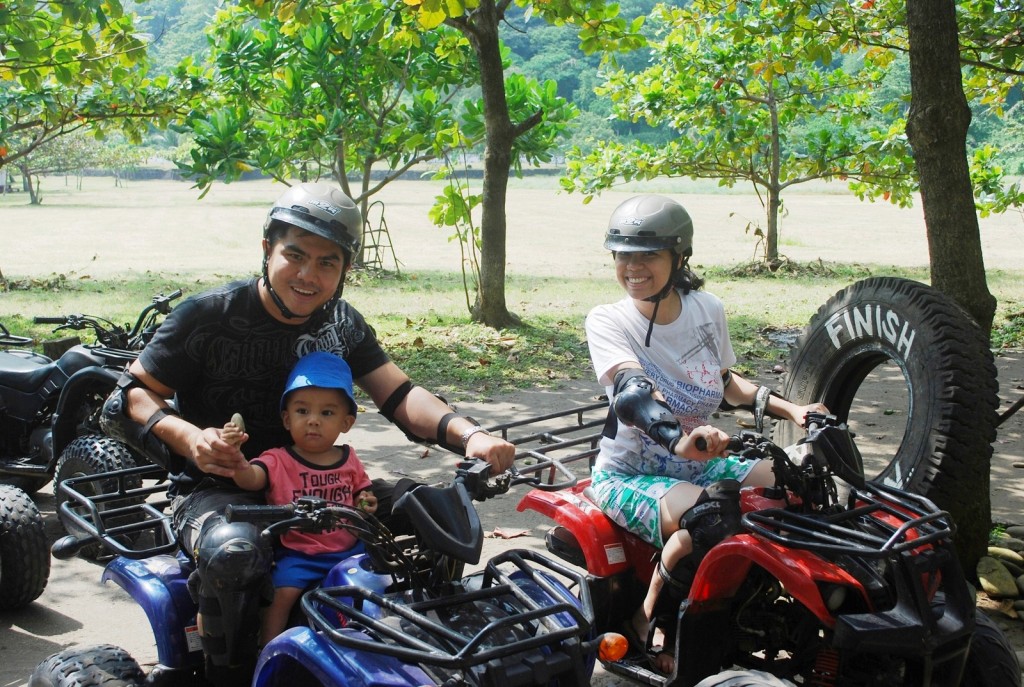
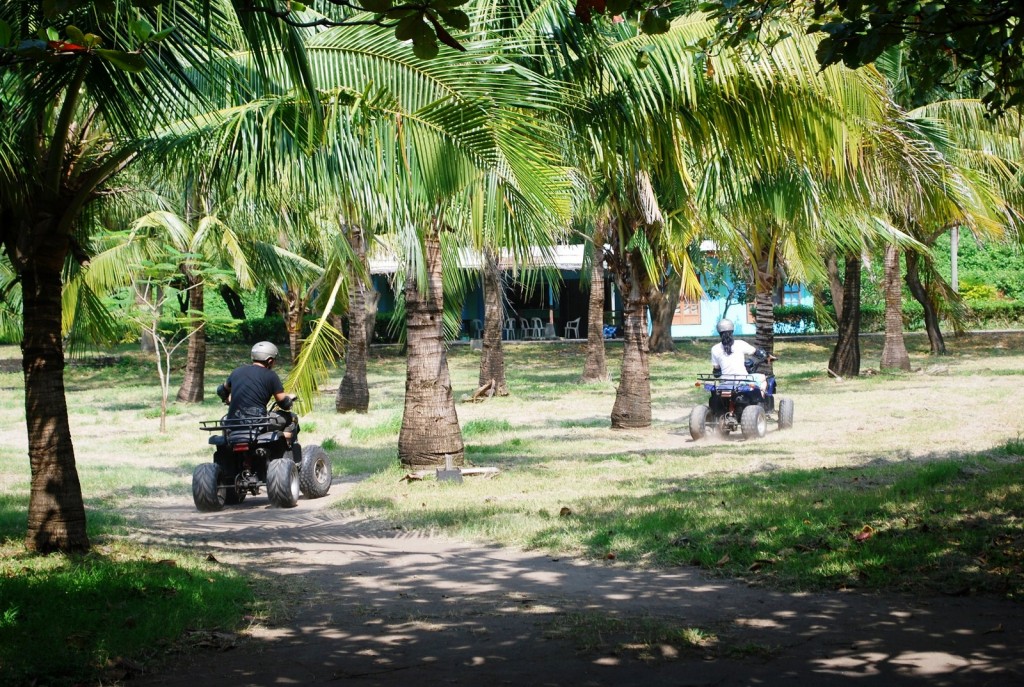
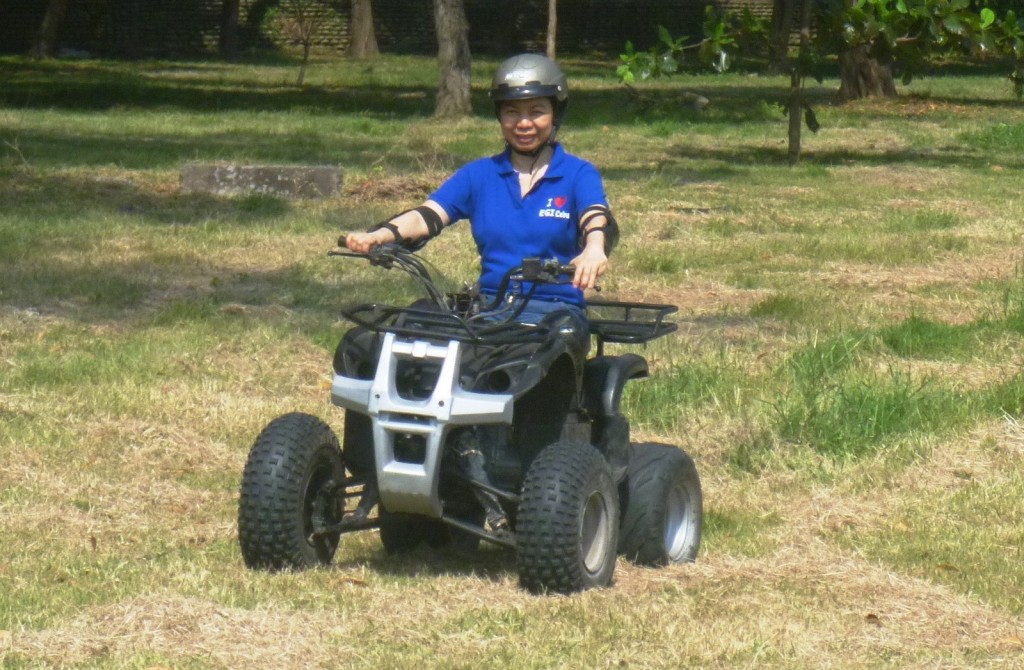
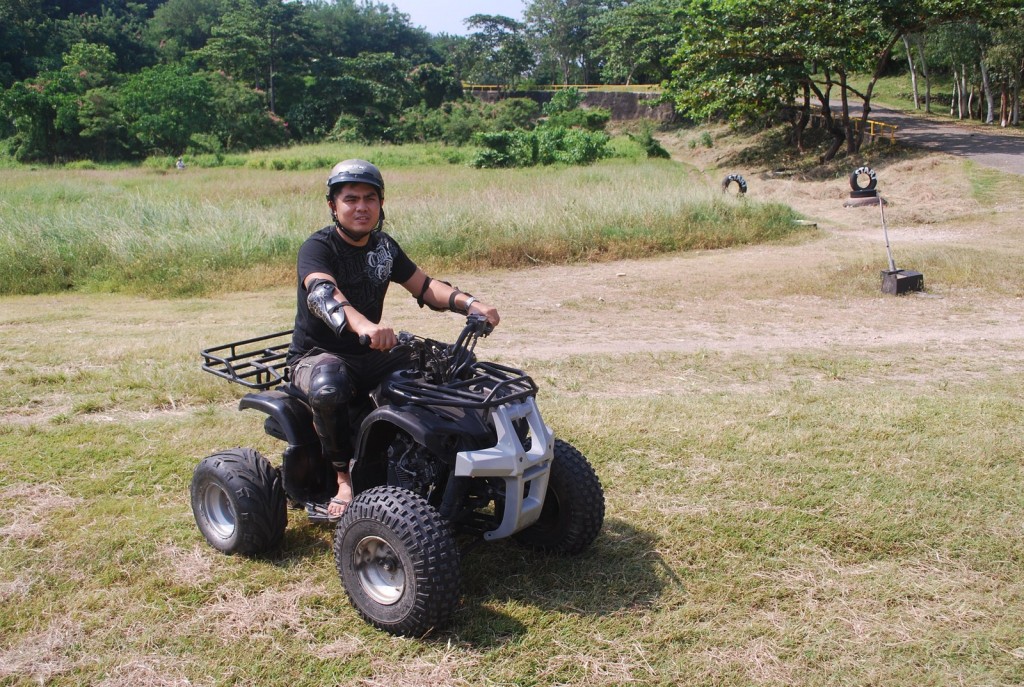
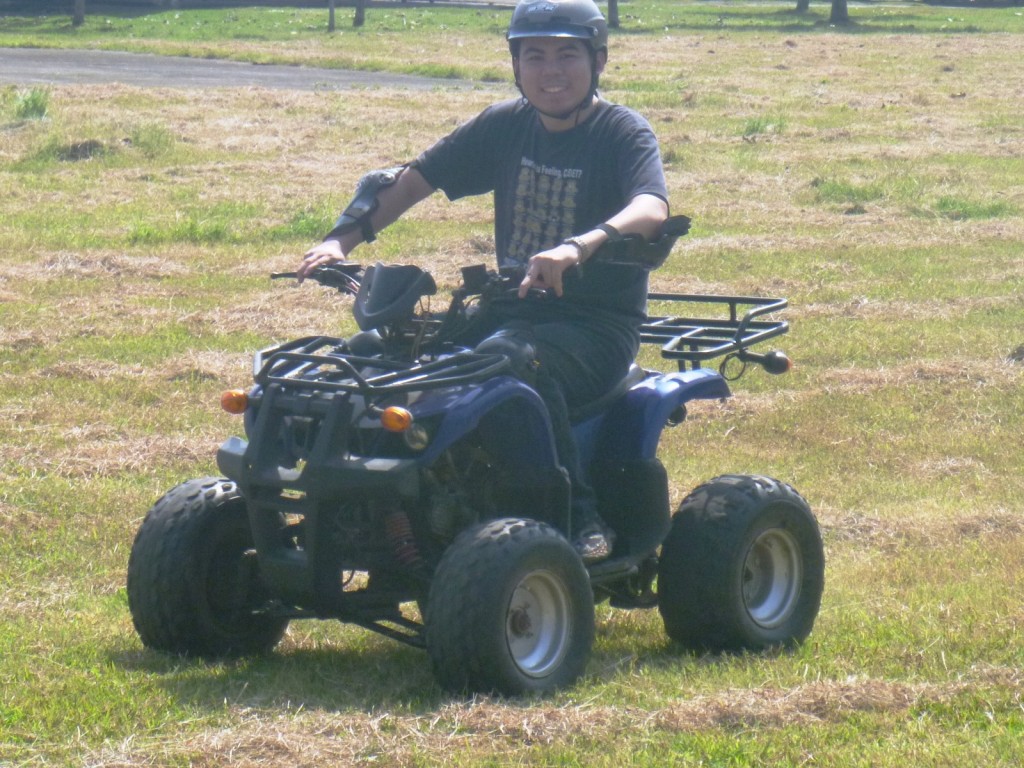

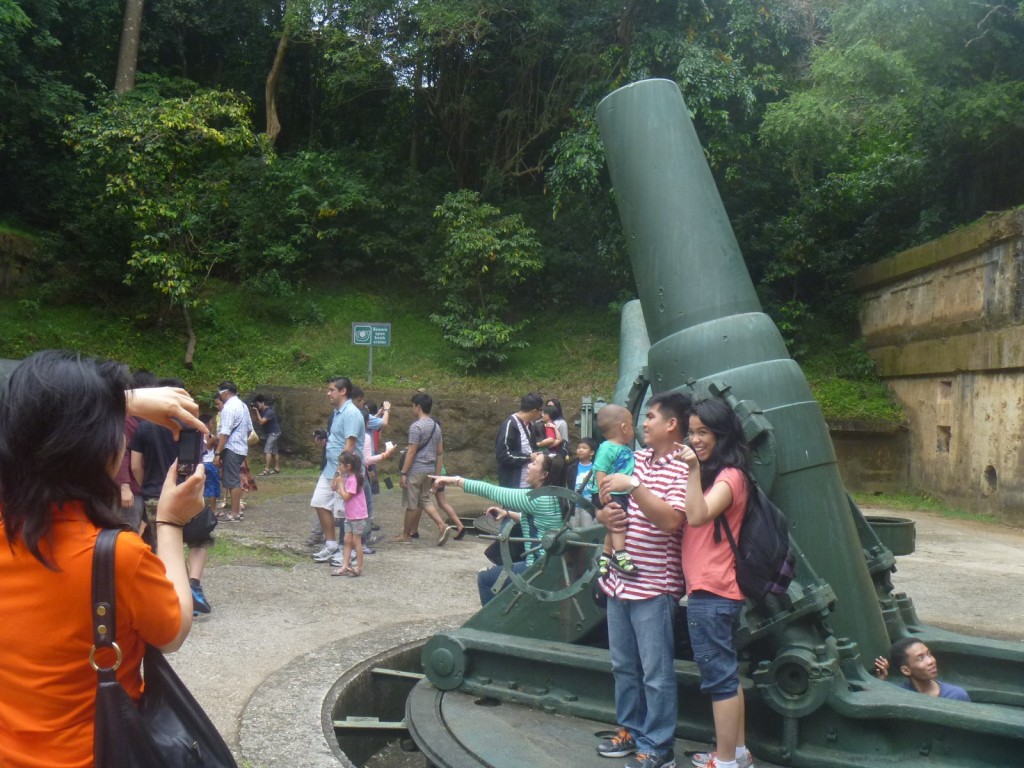
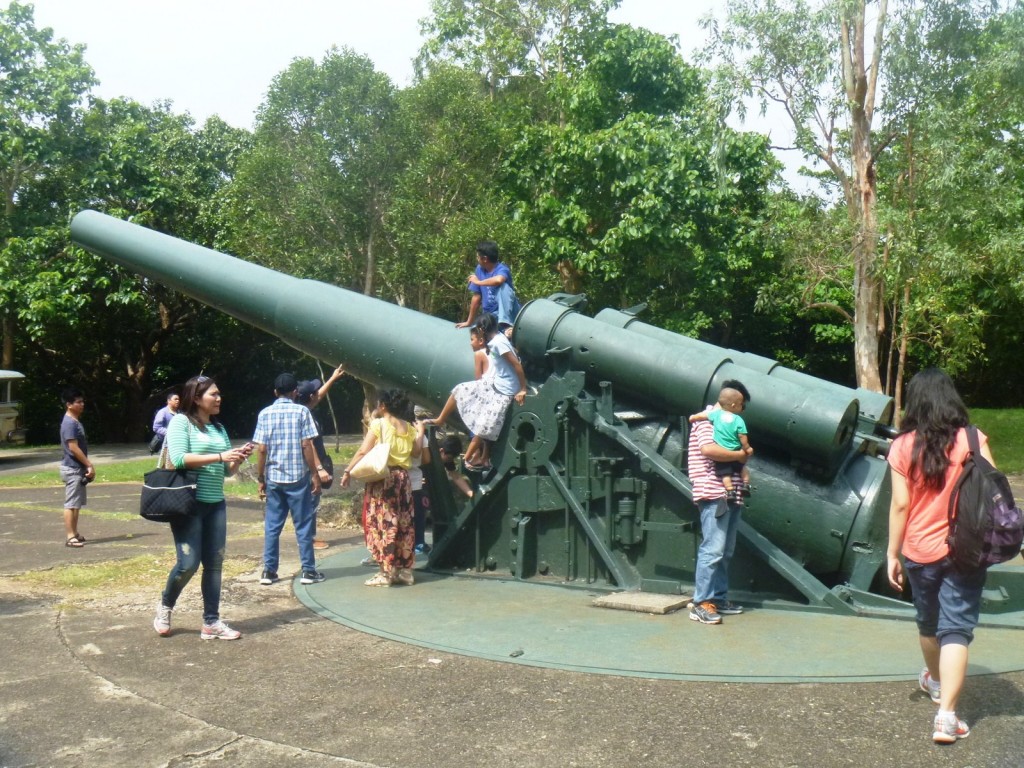
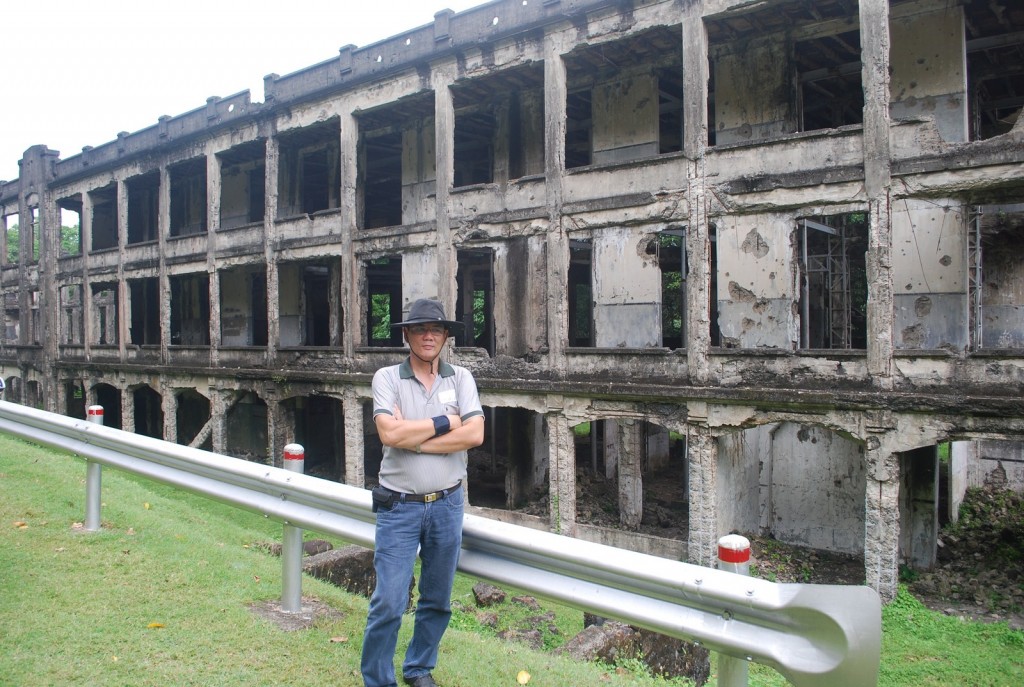


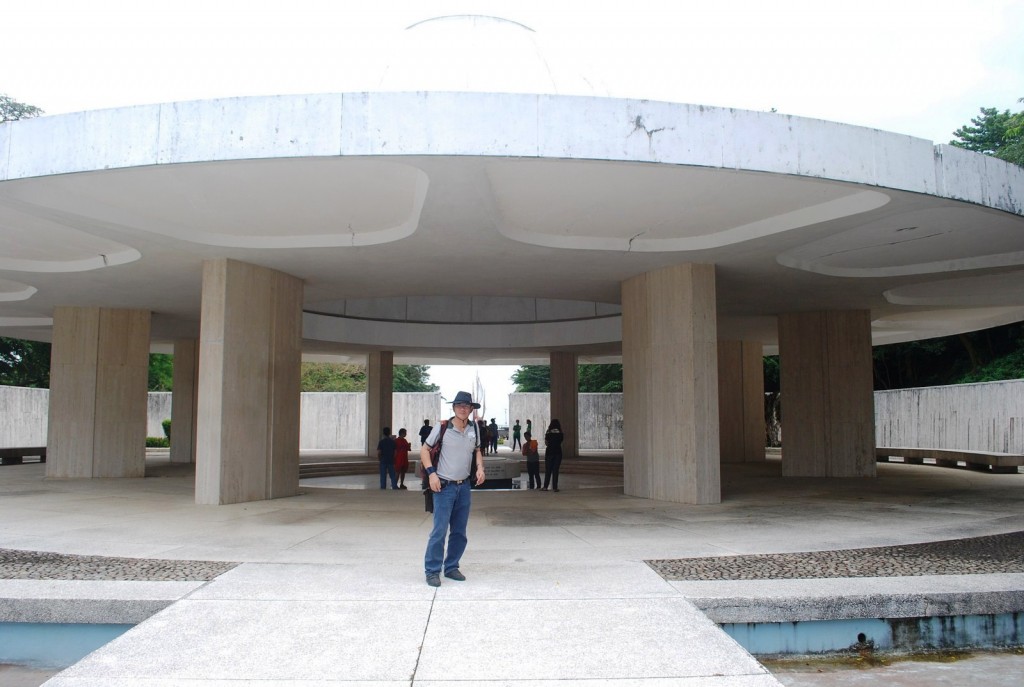
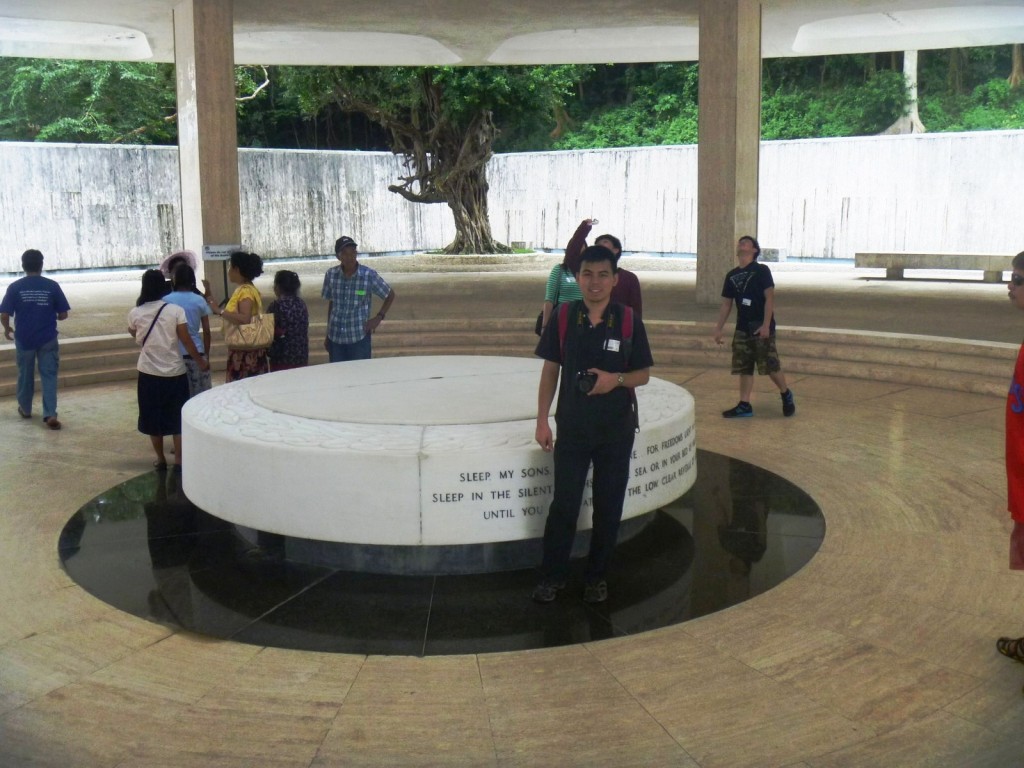
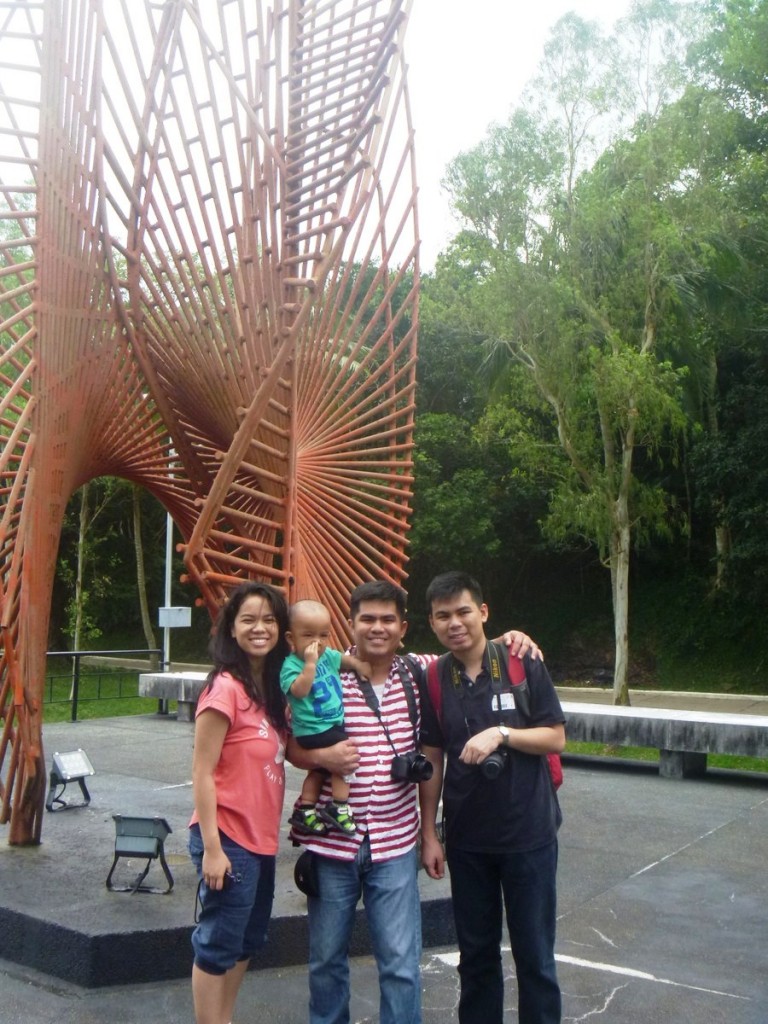
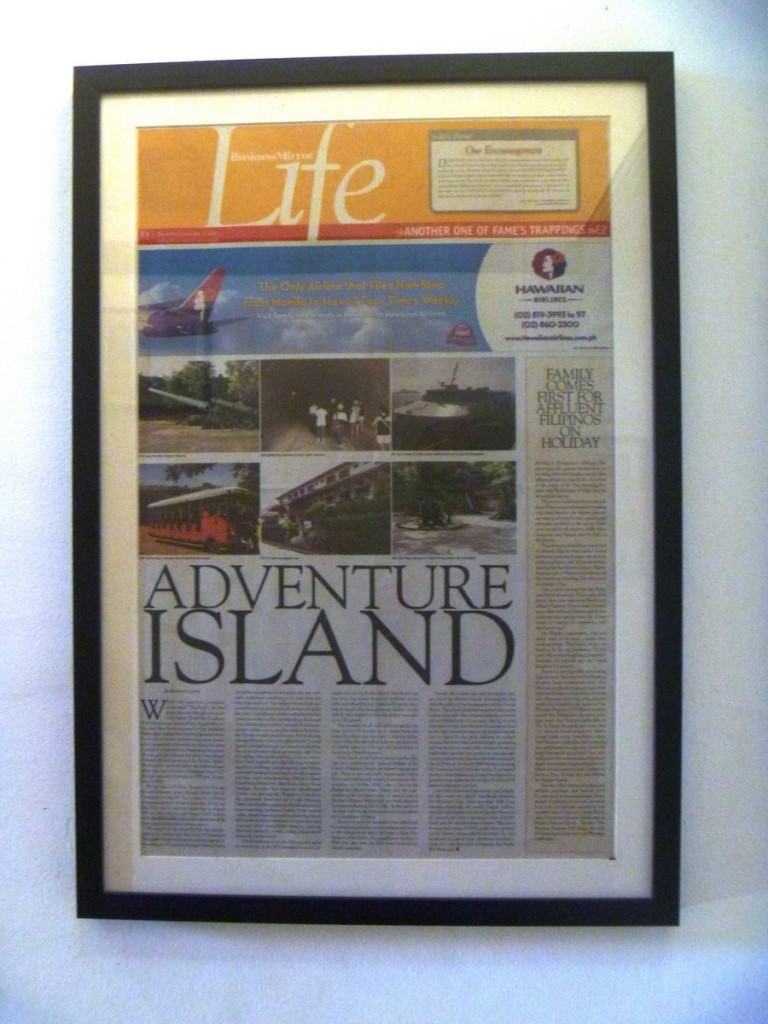
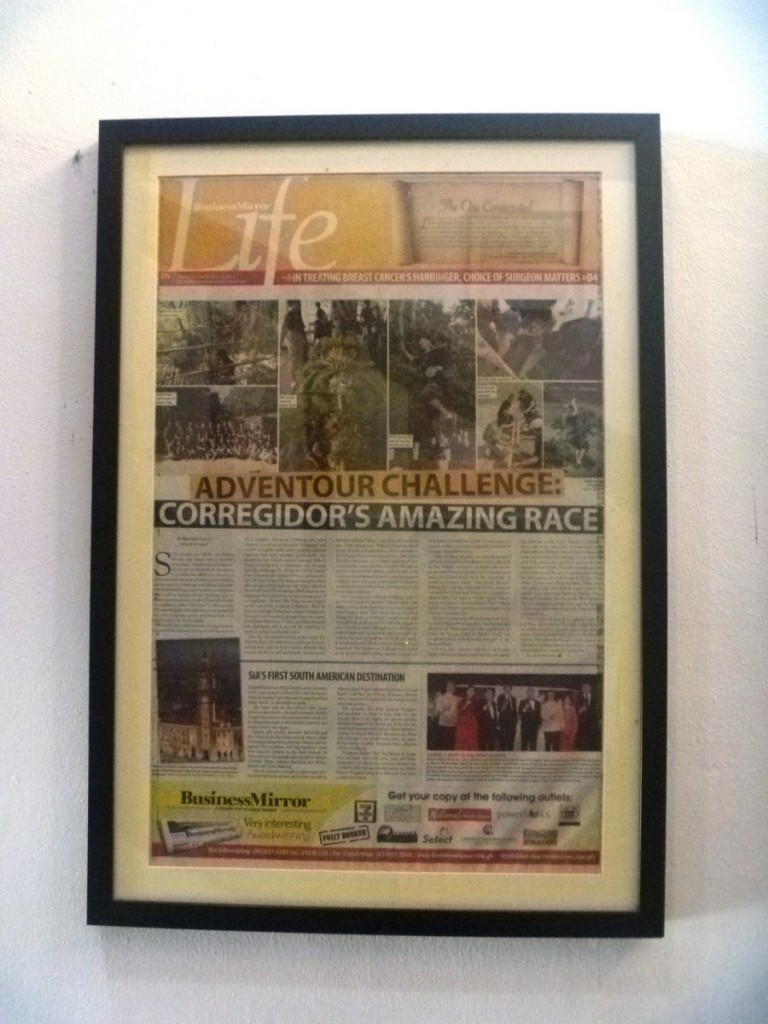
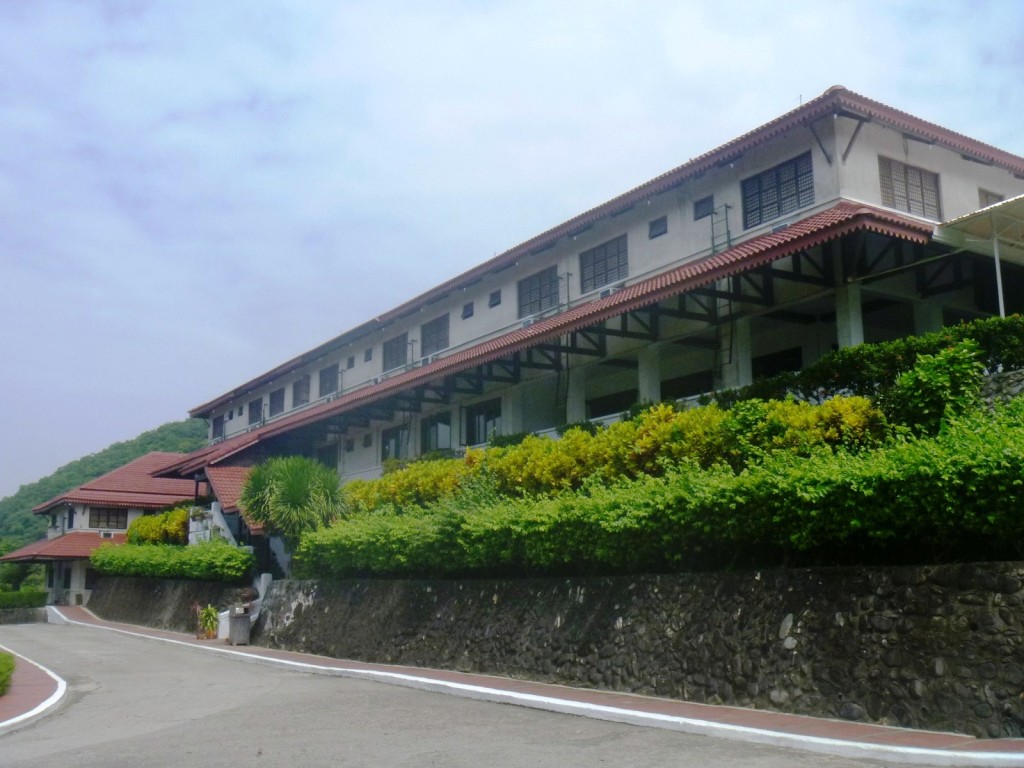
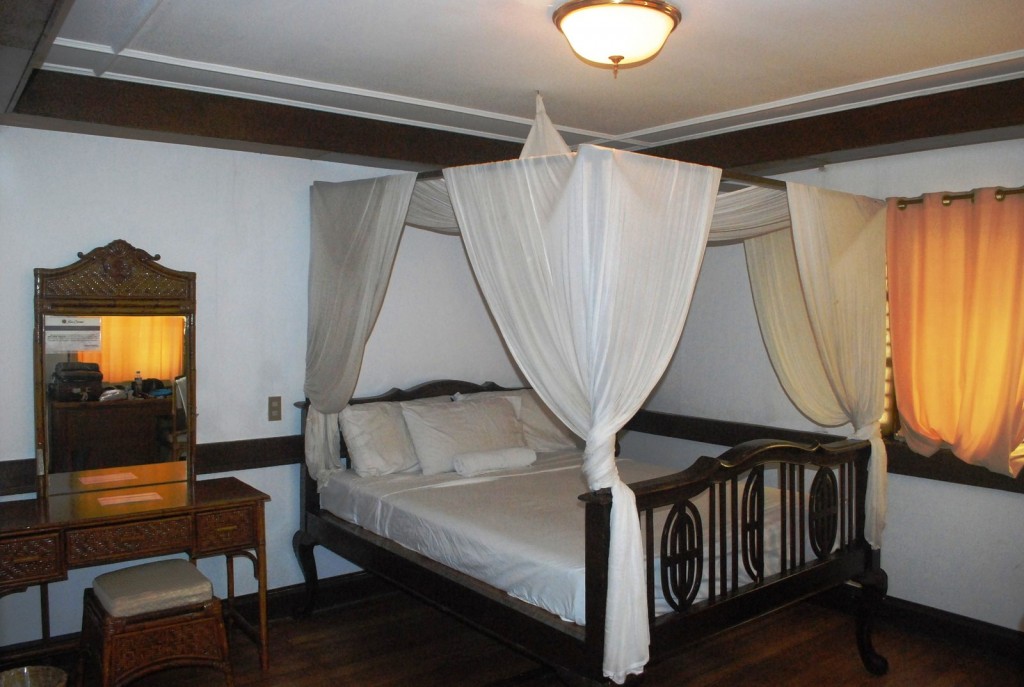
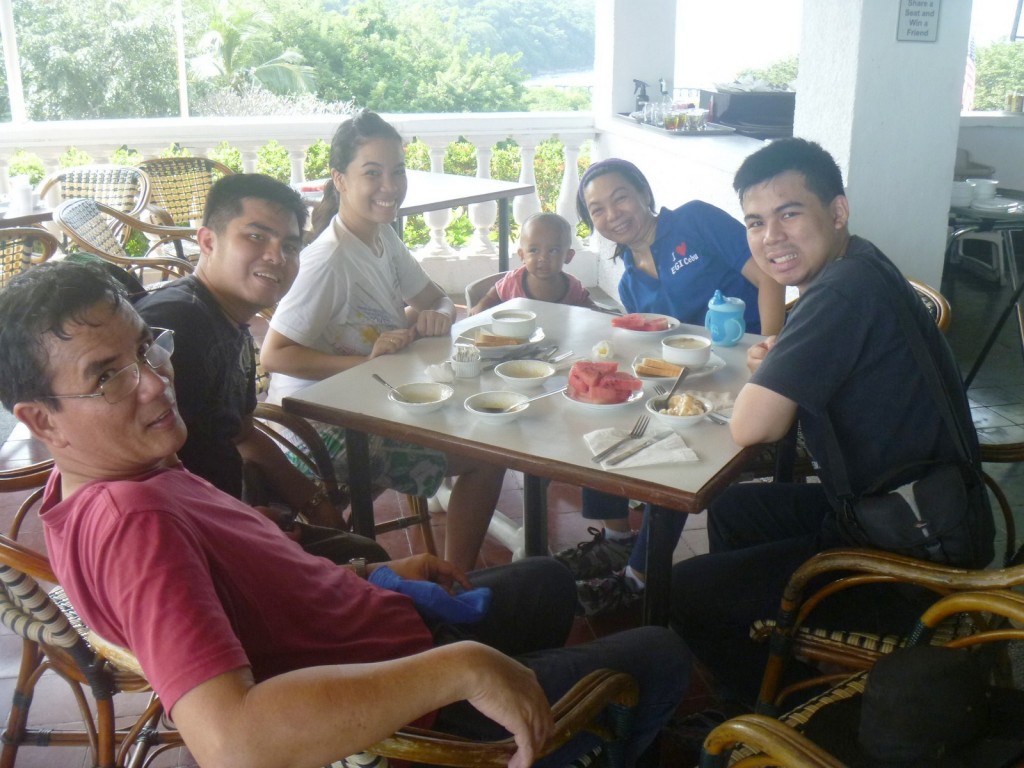

.jpg)
.jpg)
.jpg)
.jpg)
.jpg)